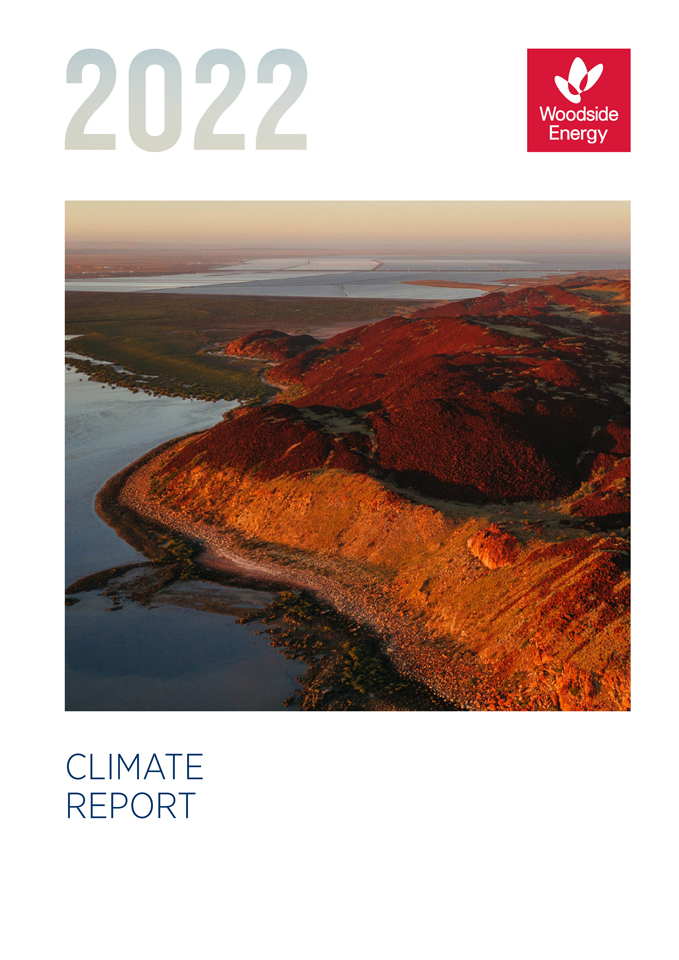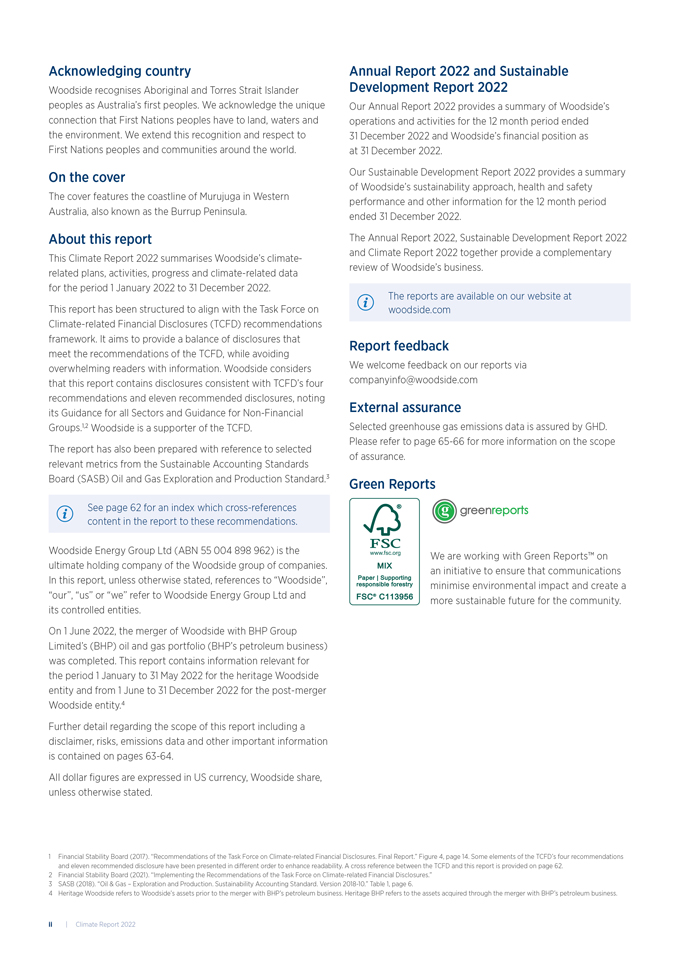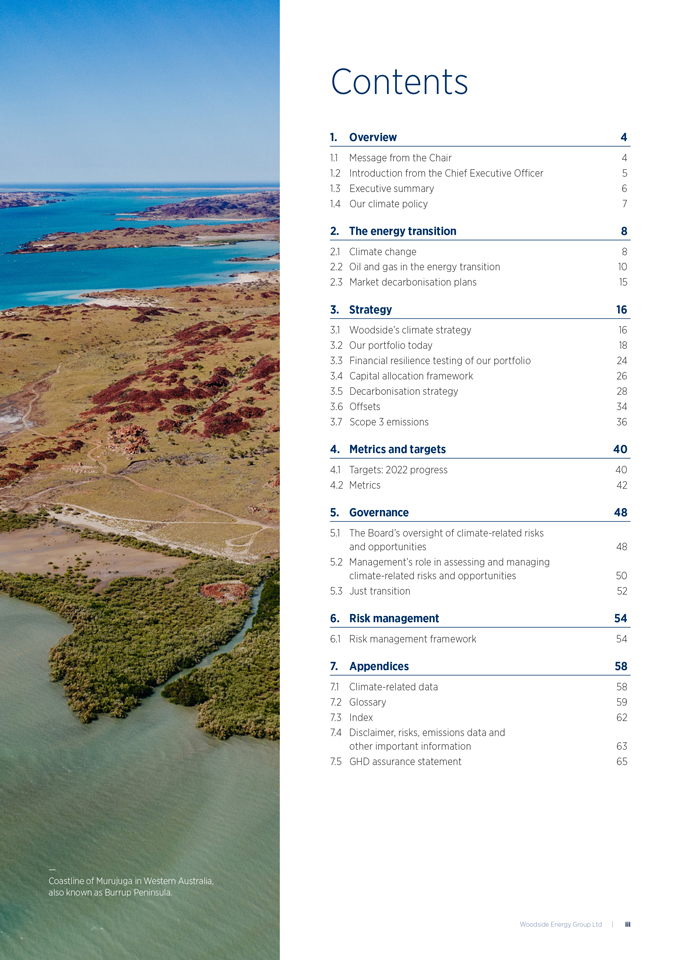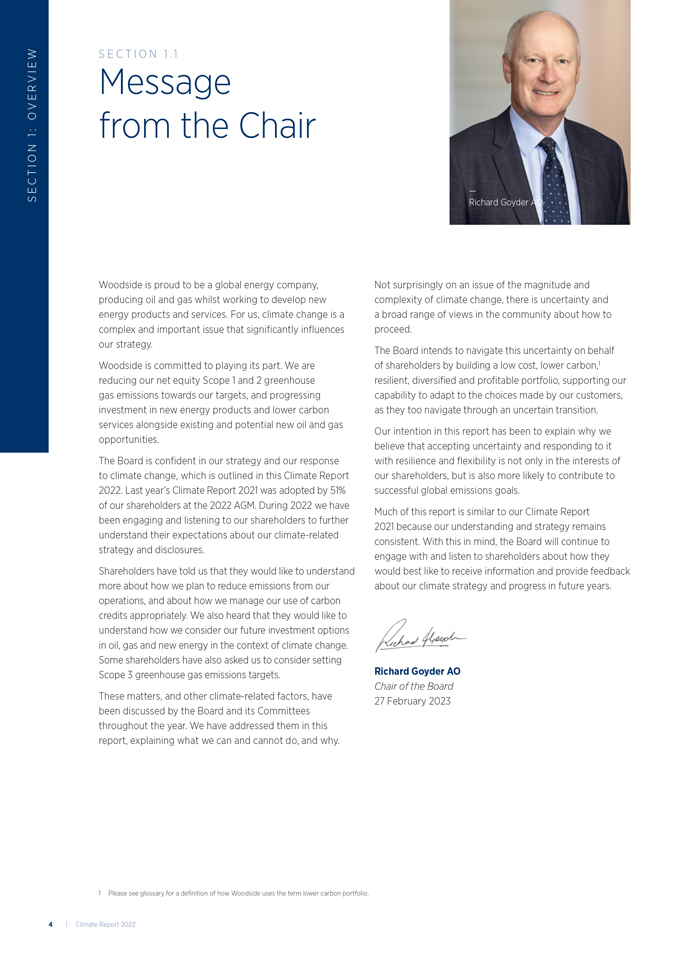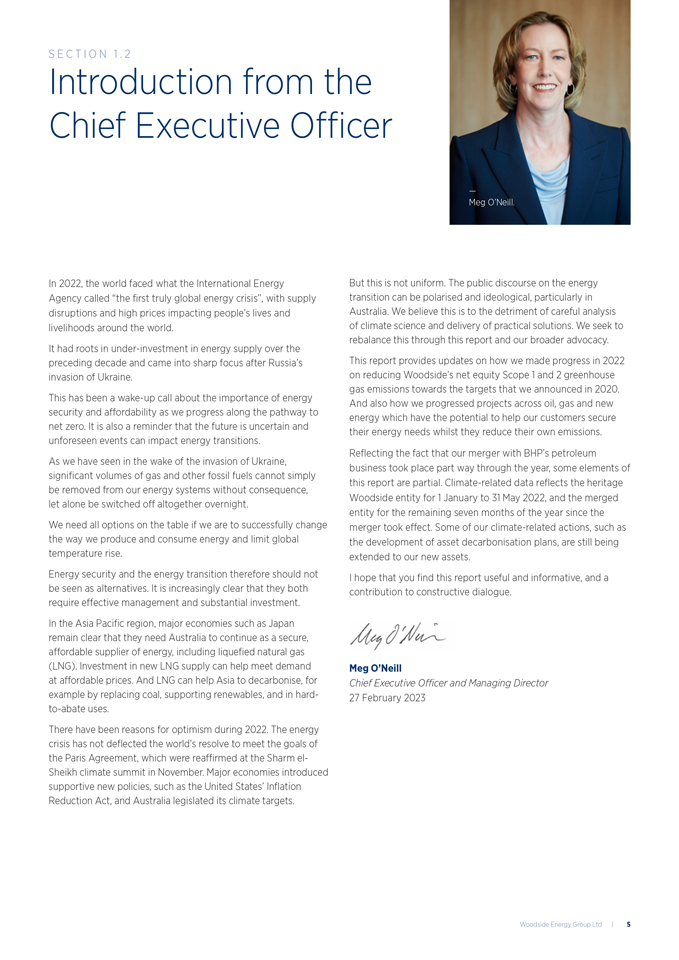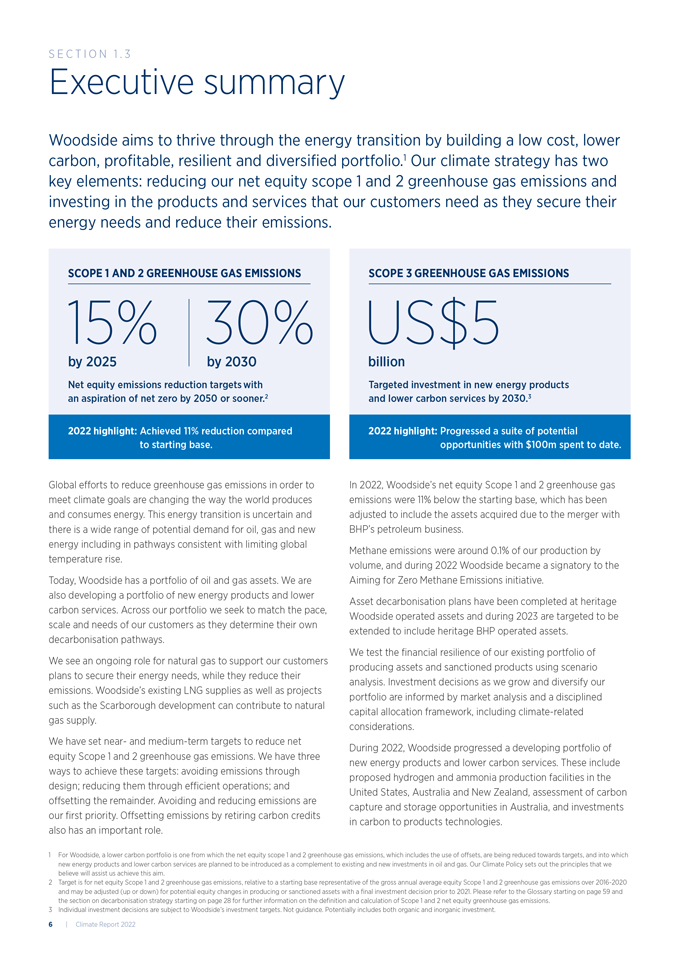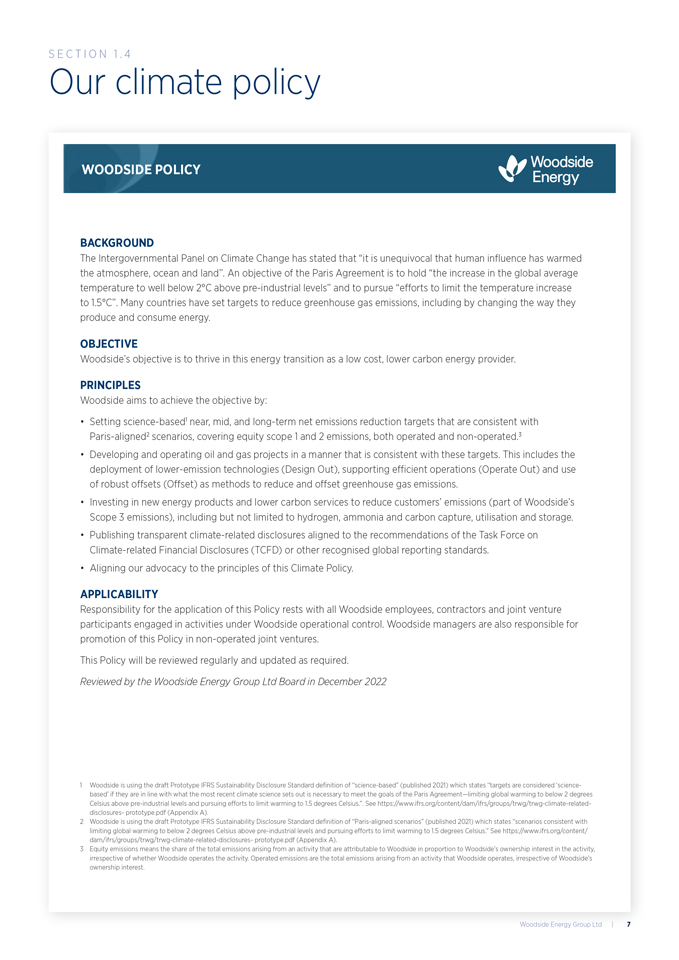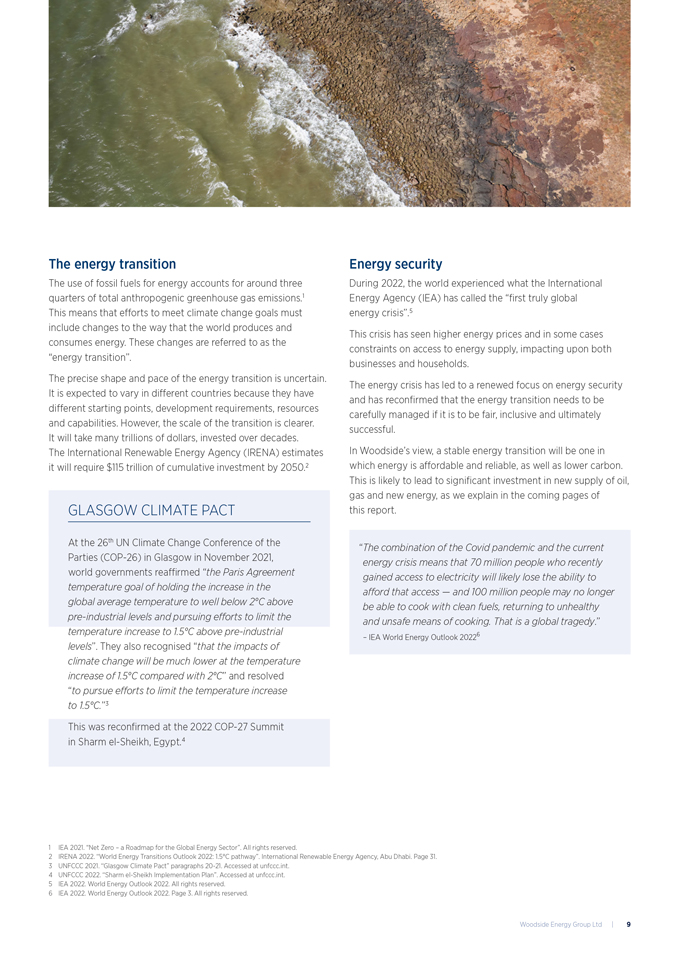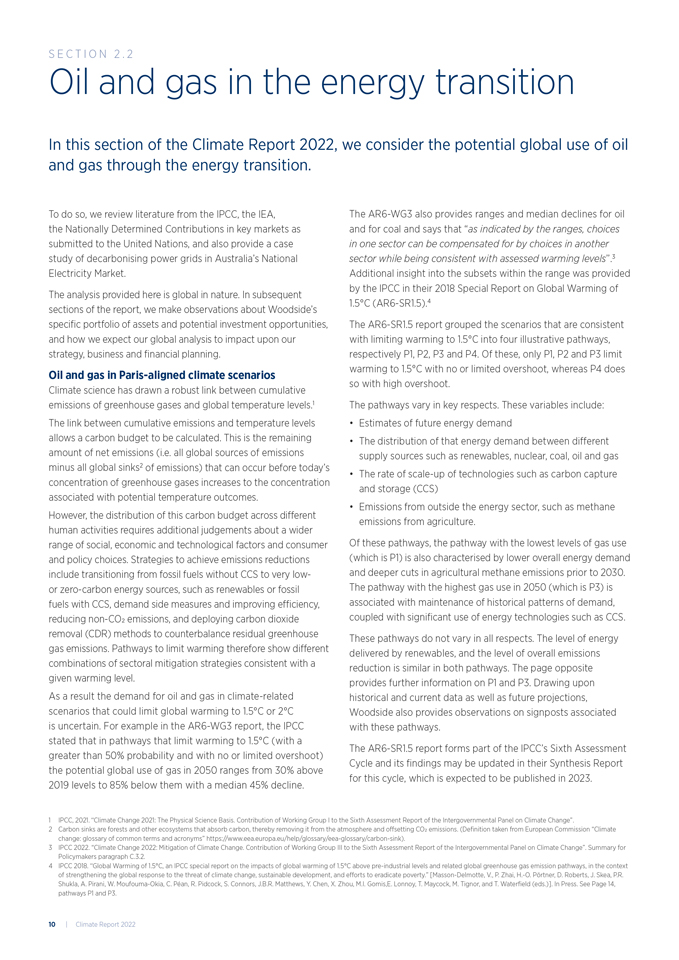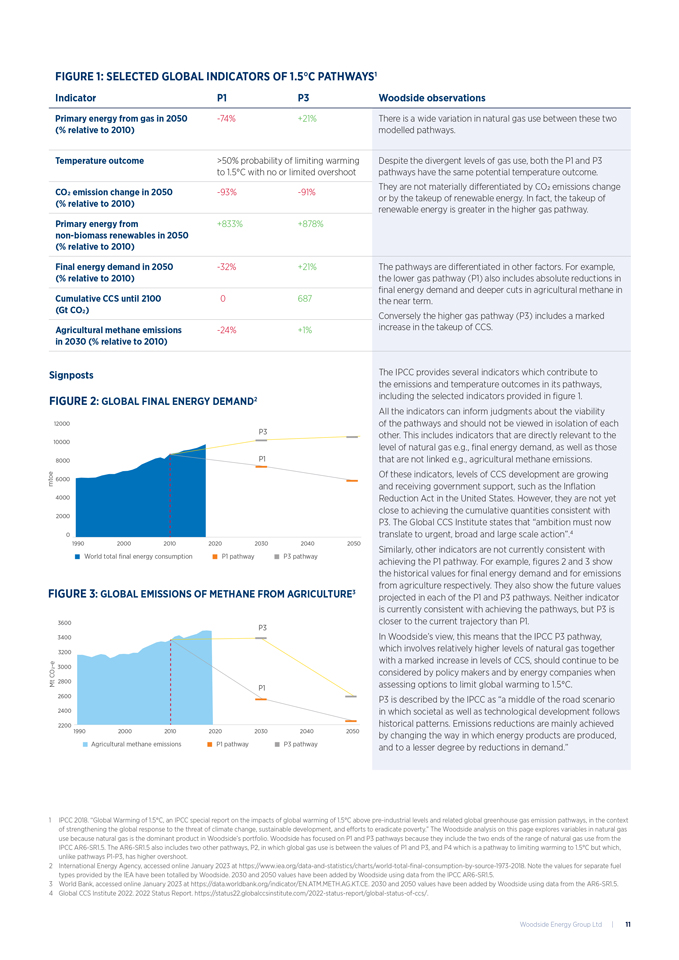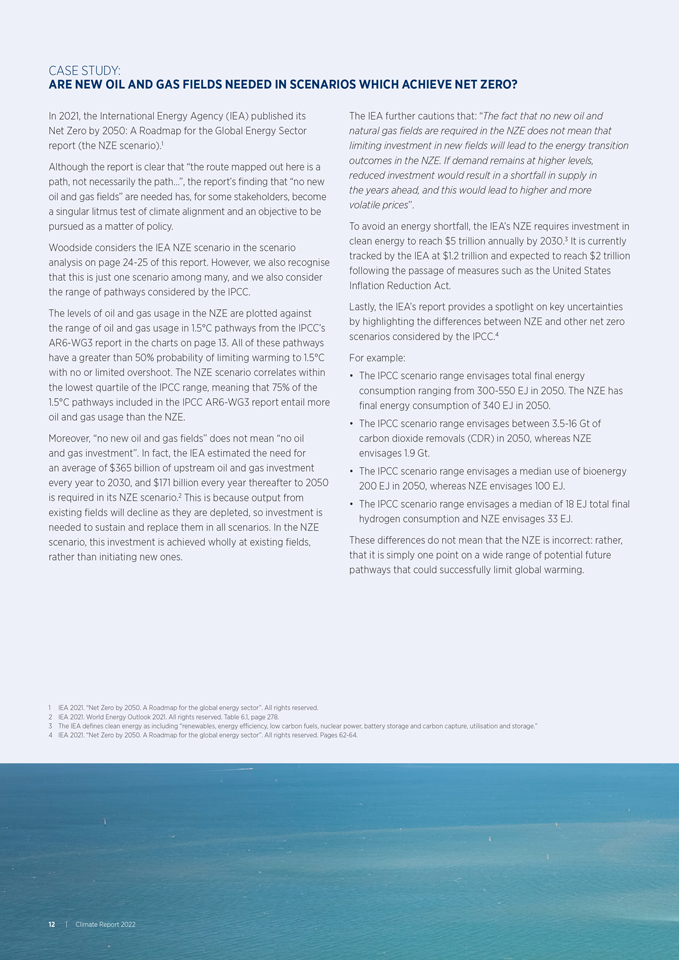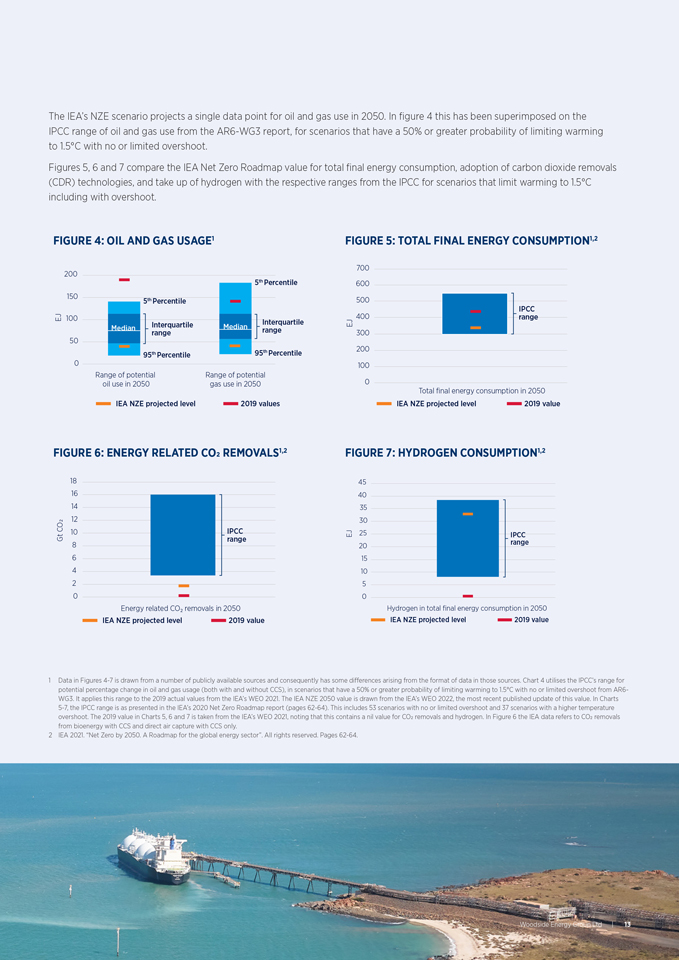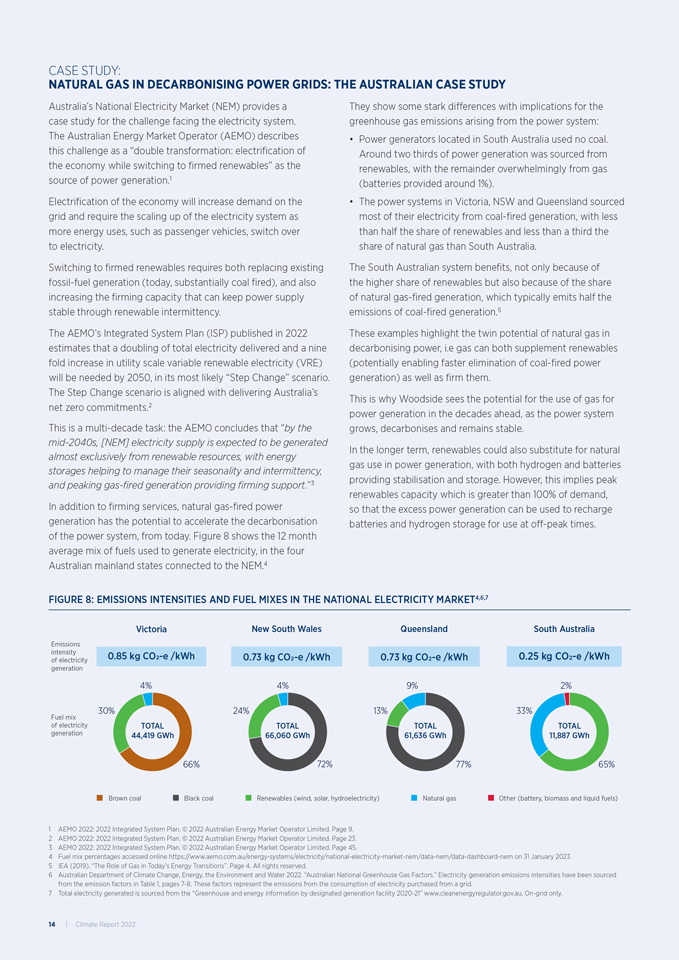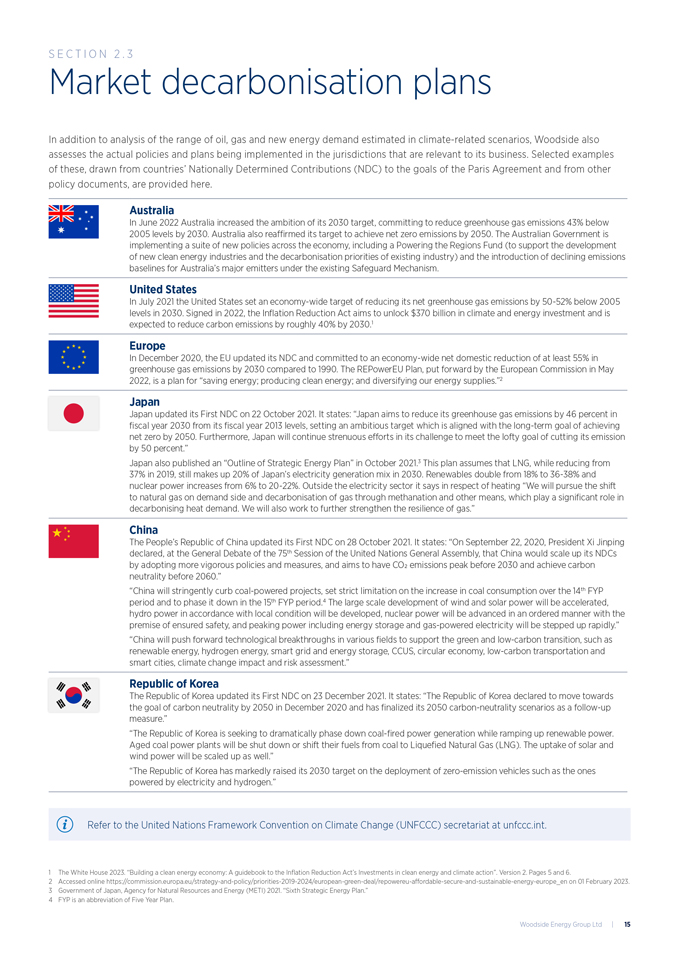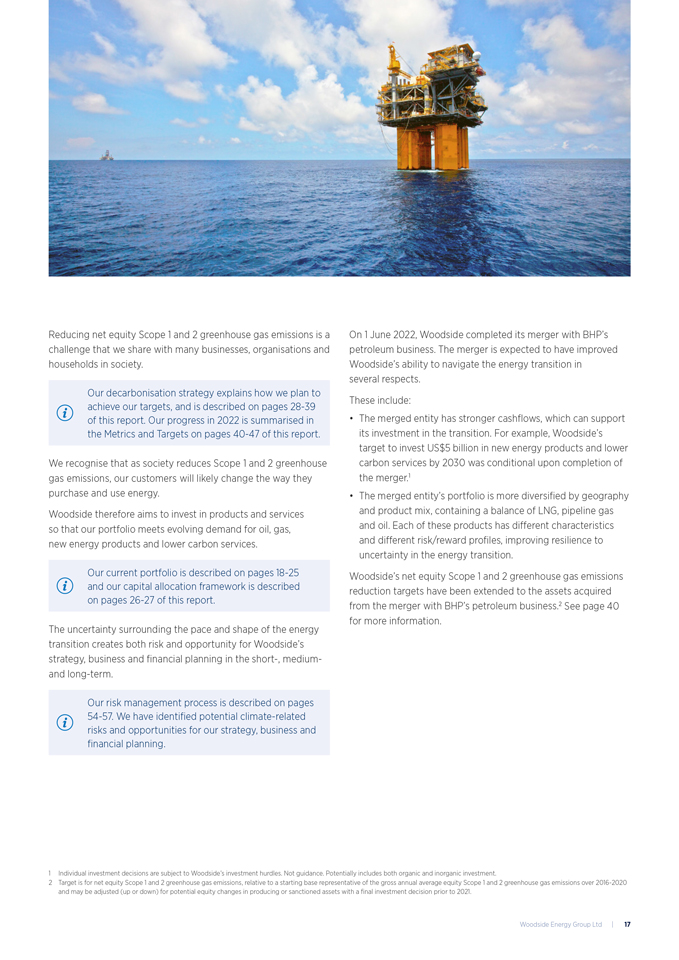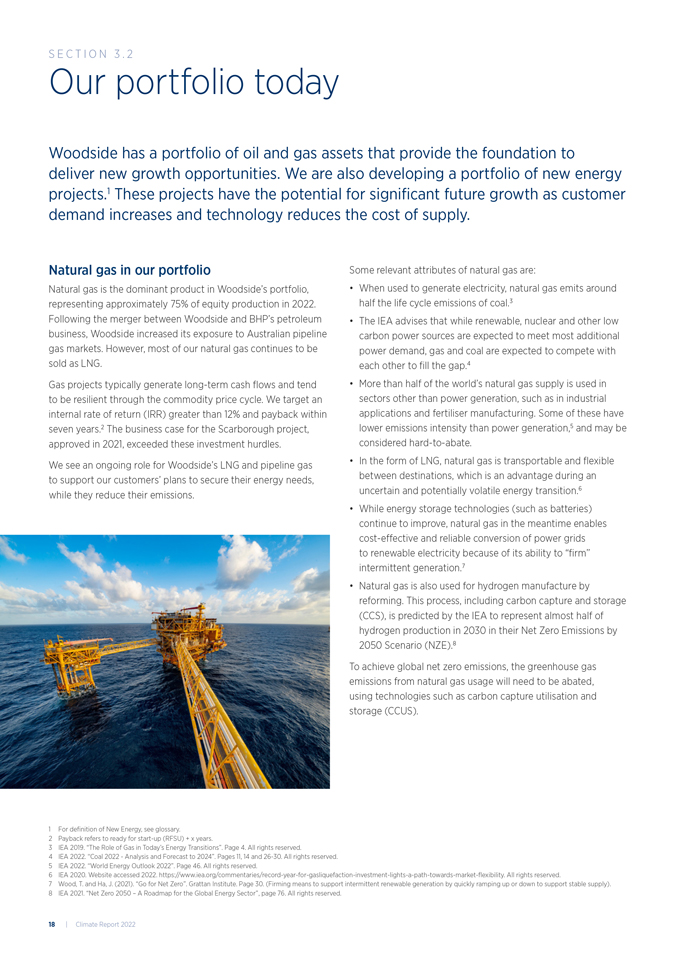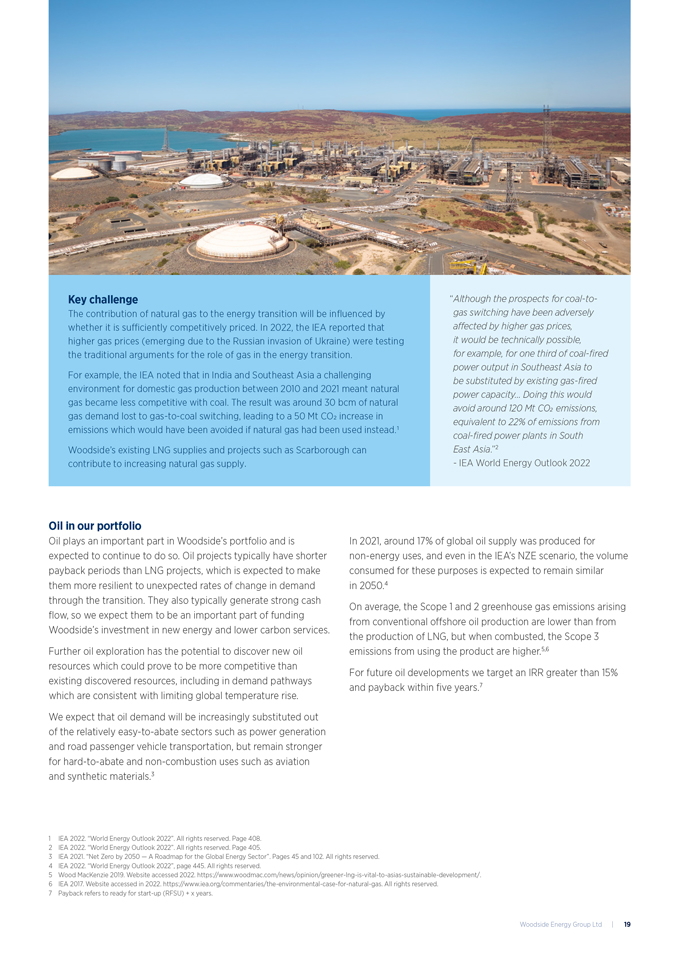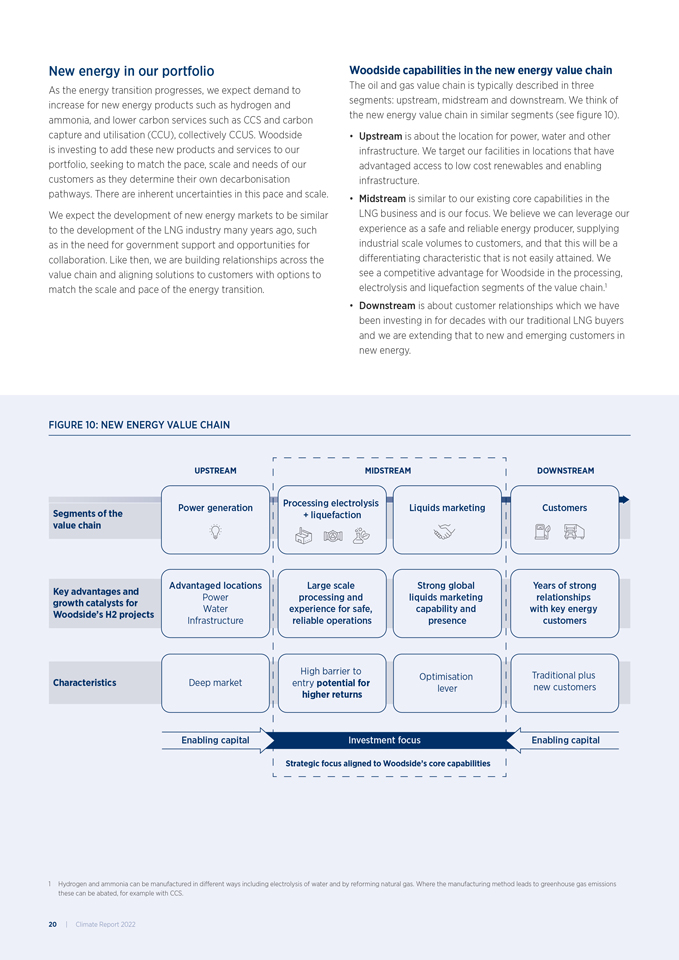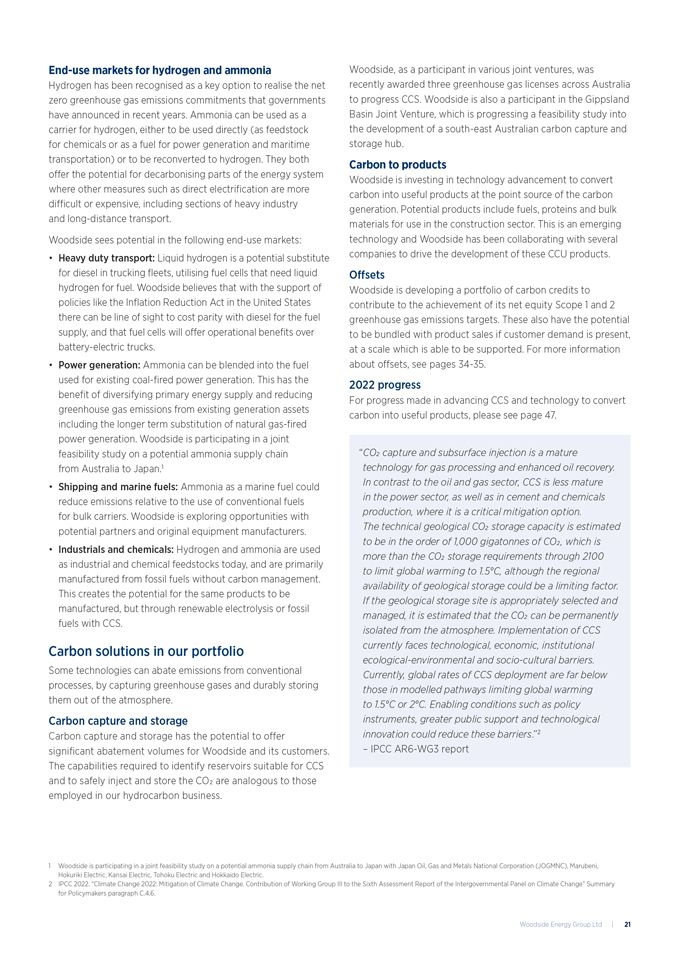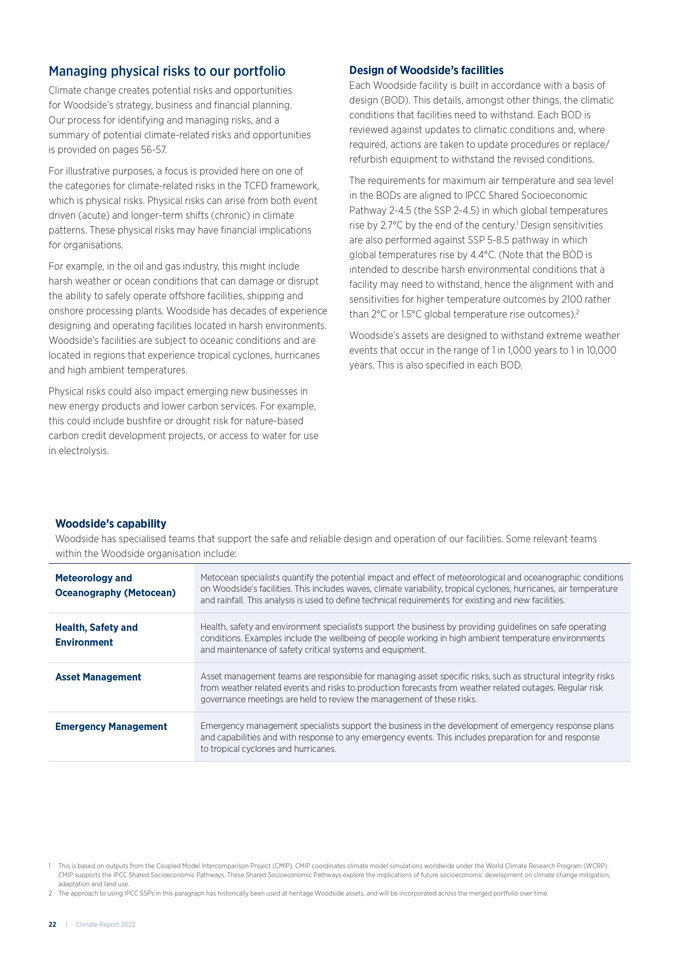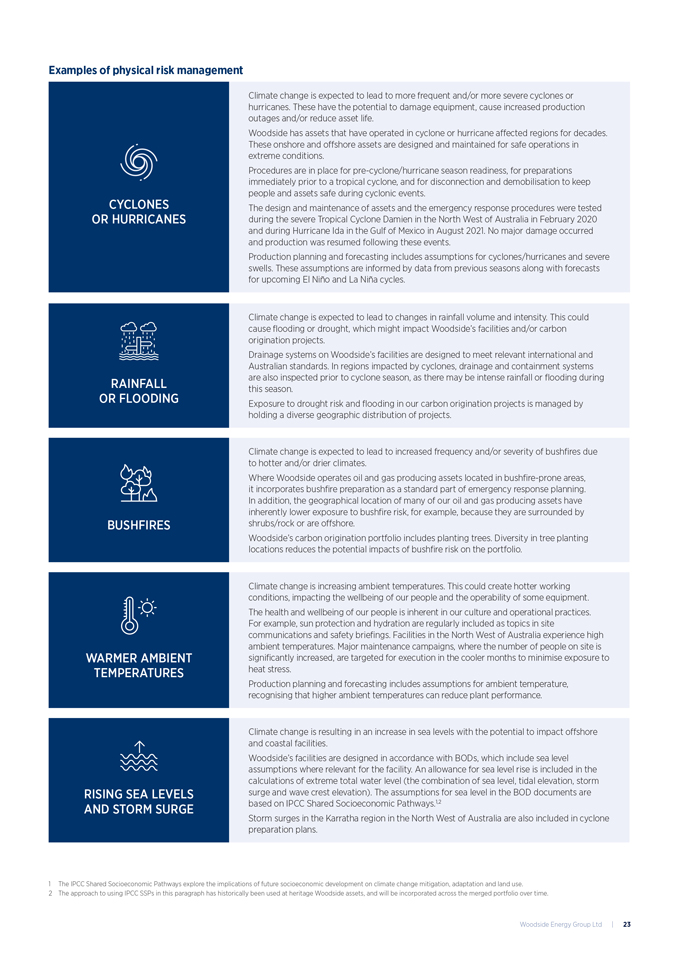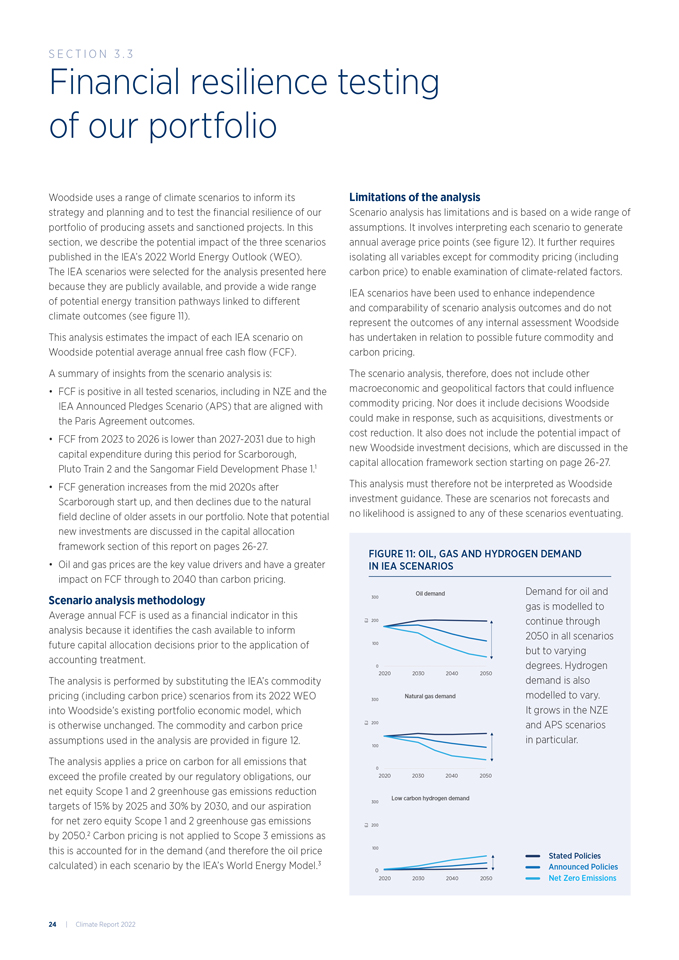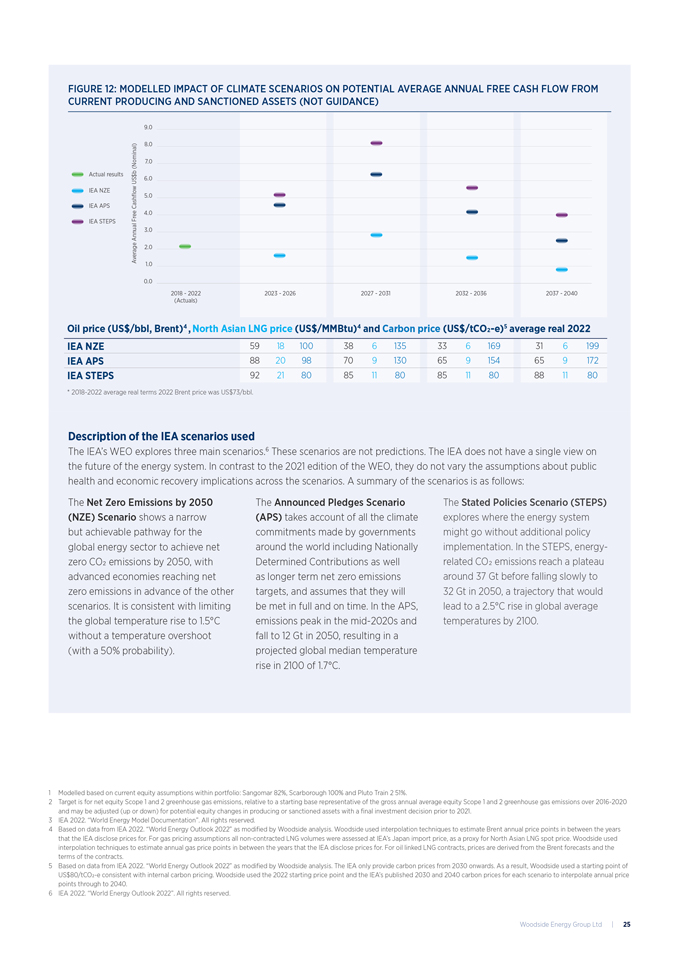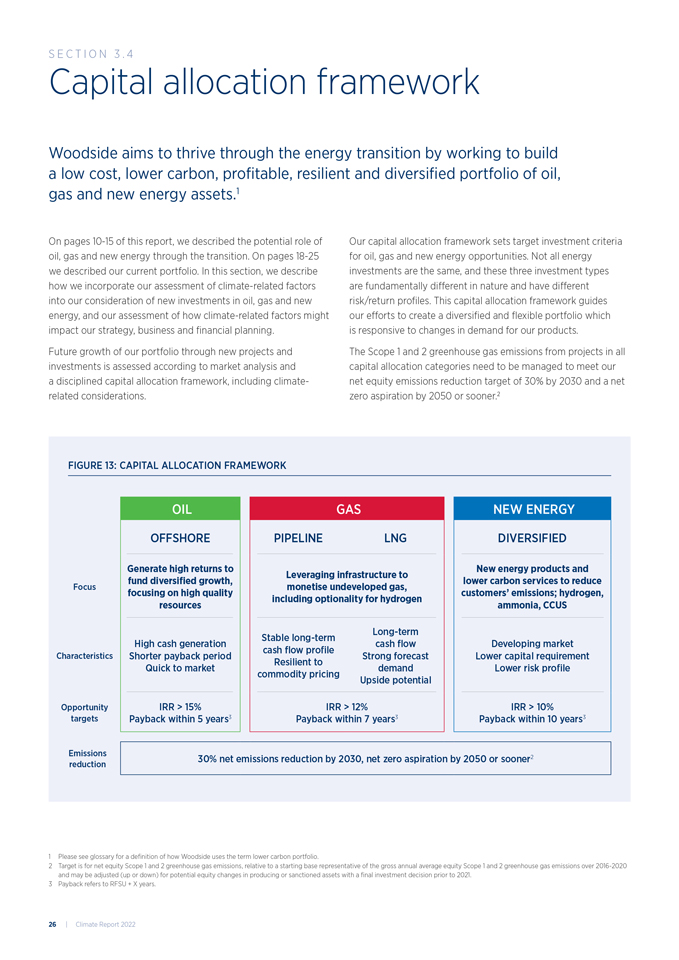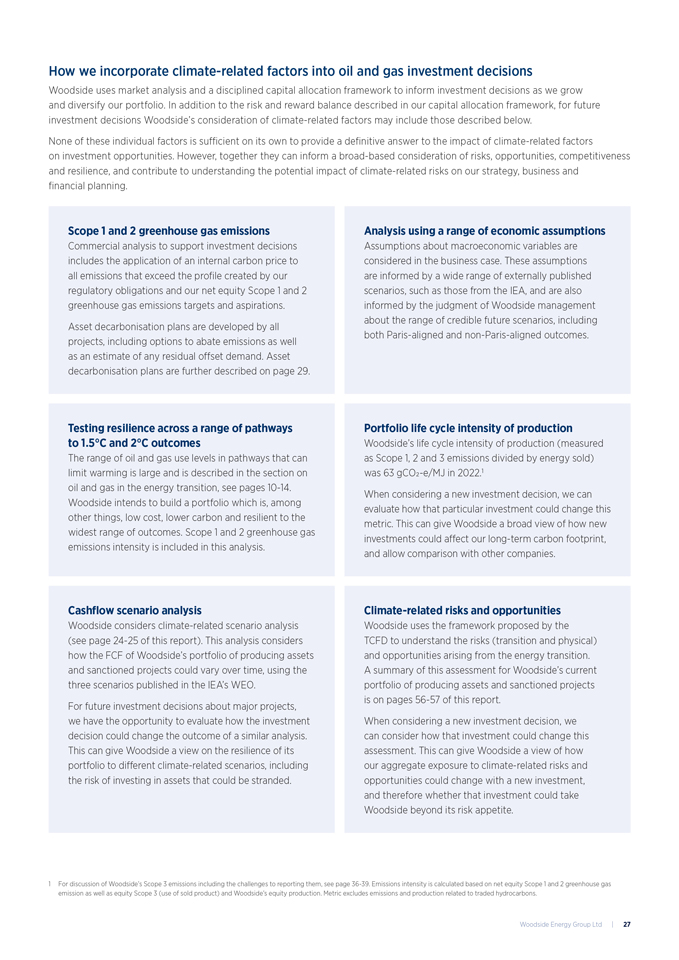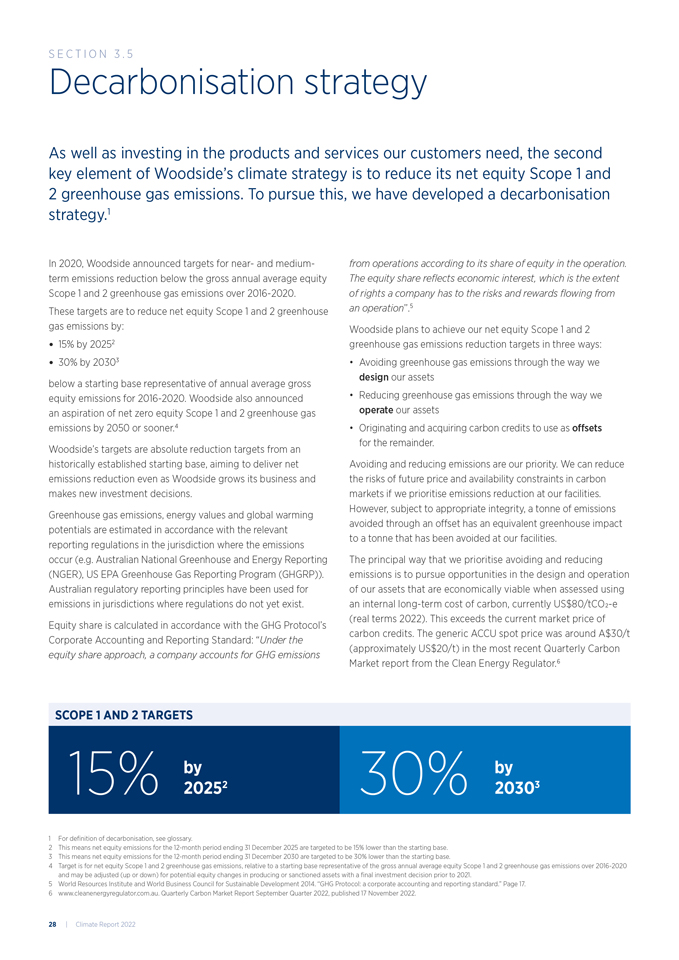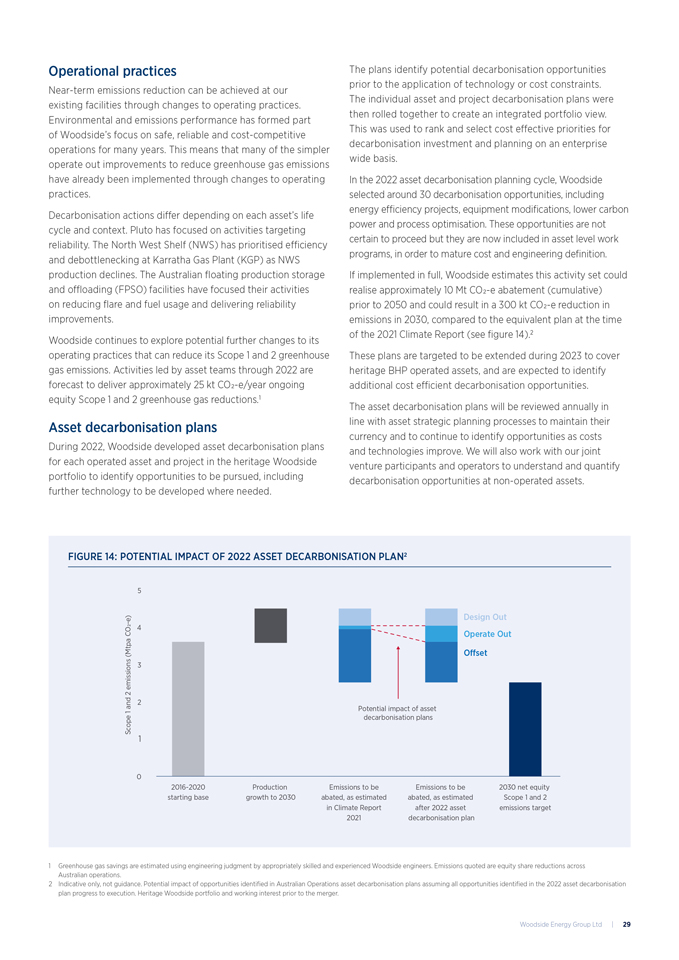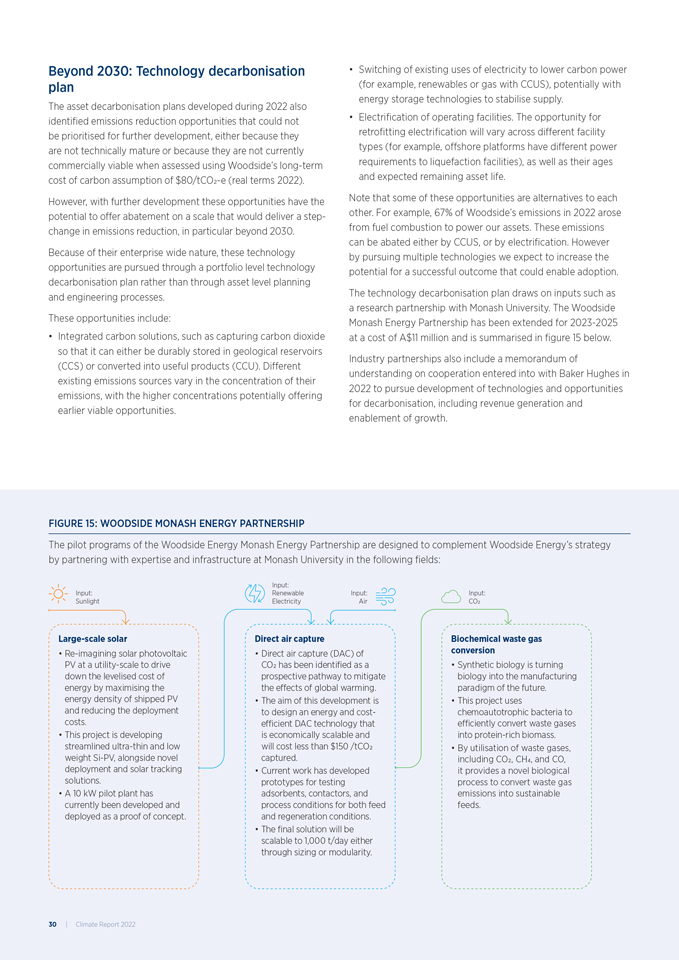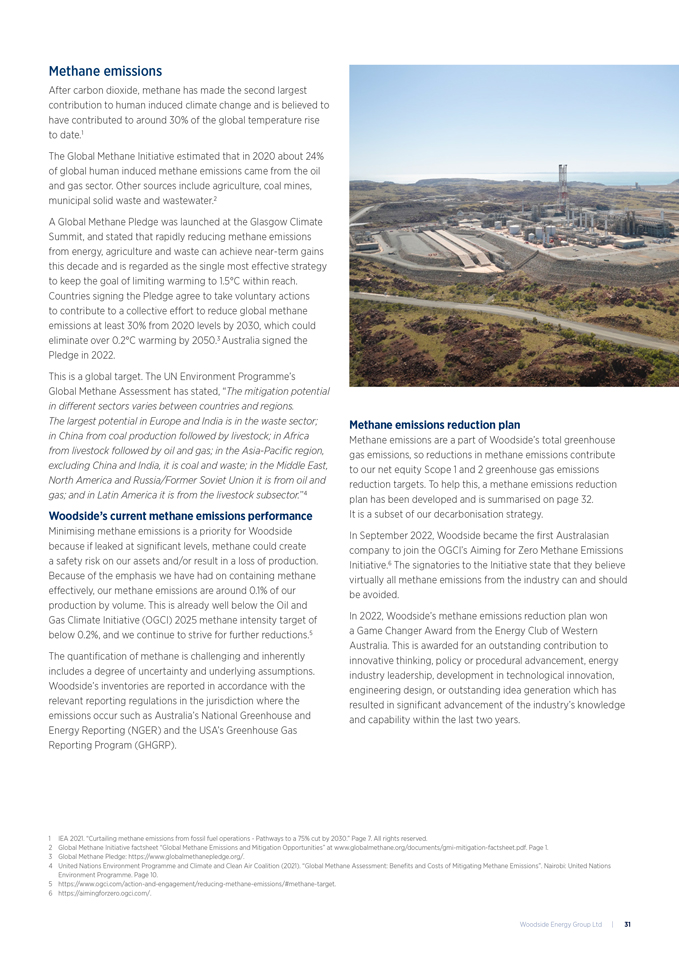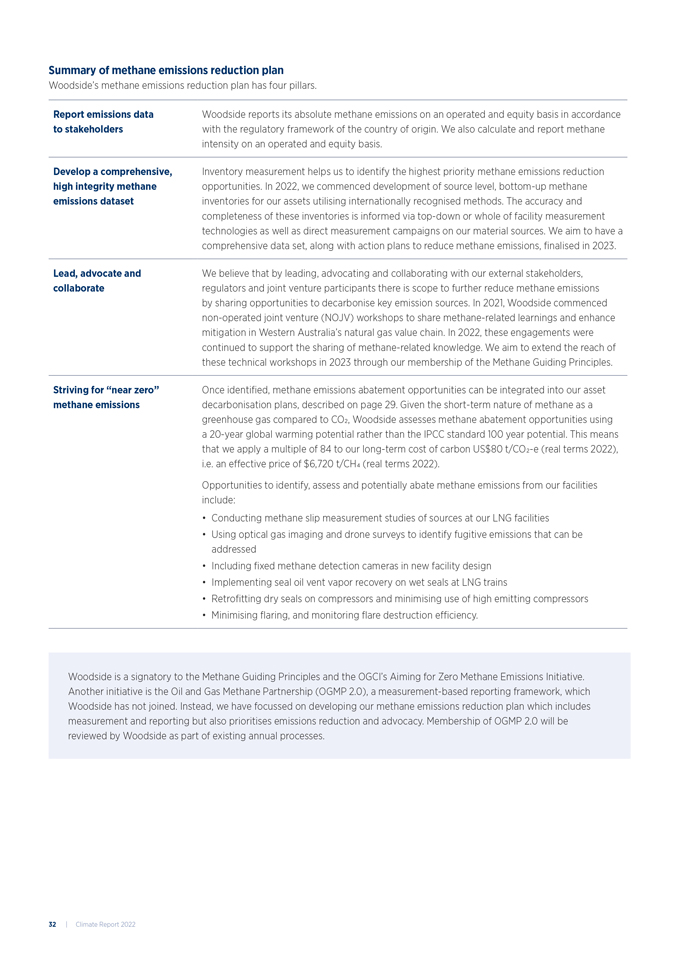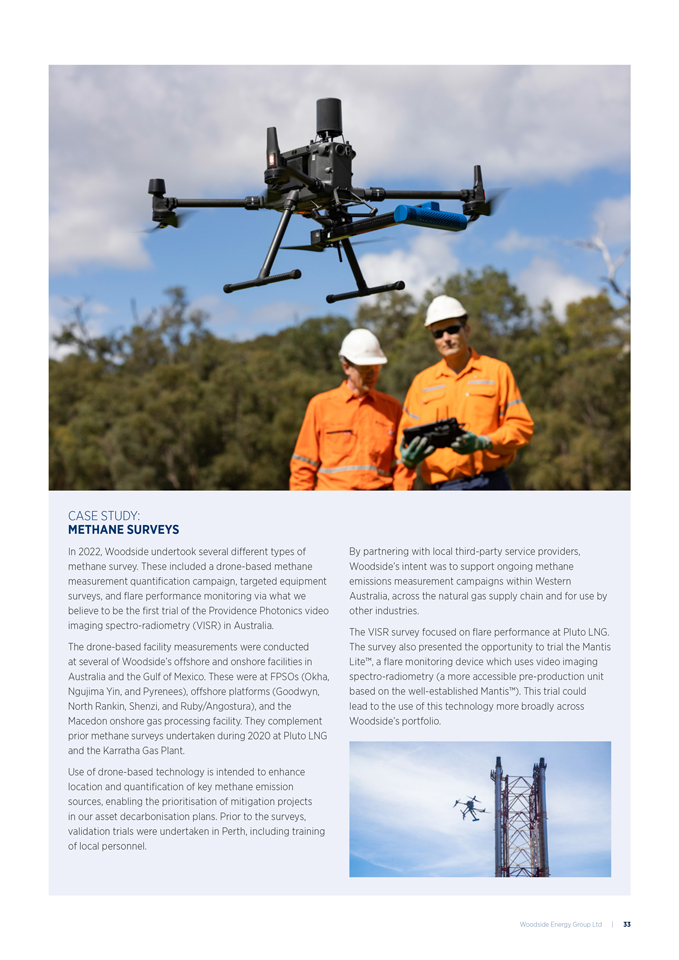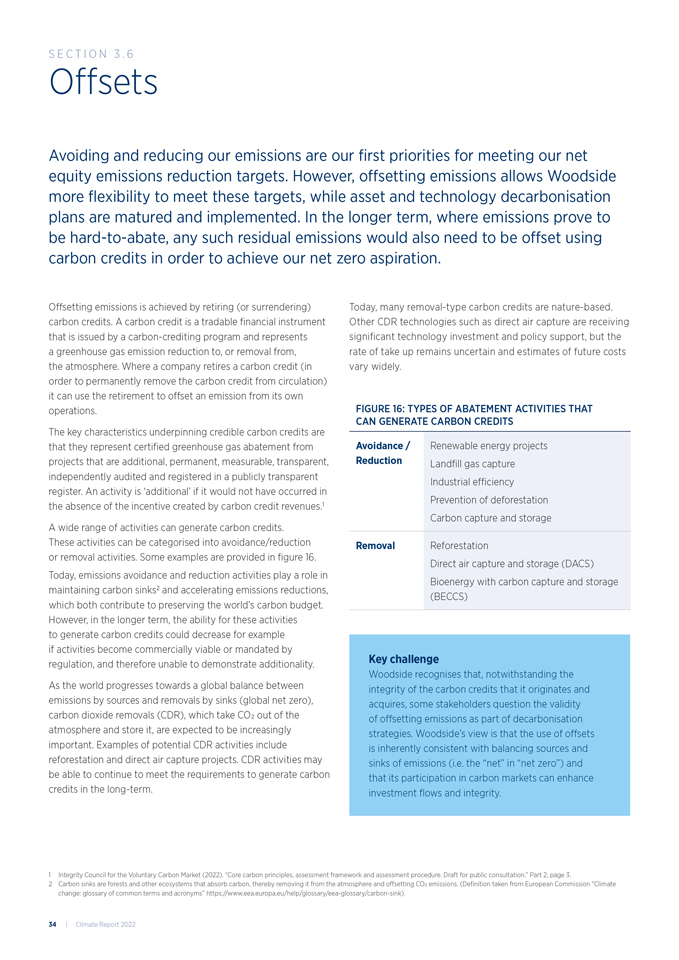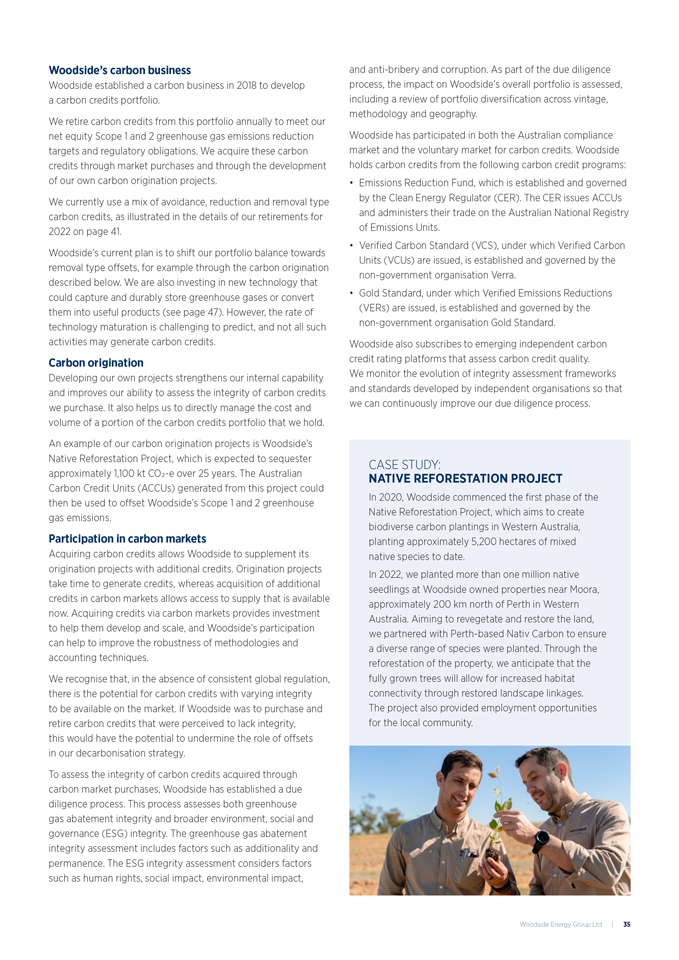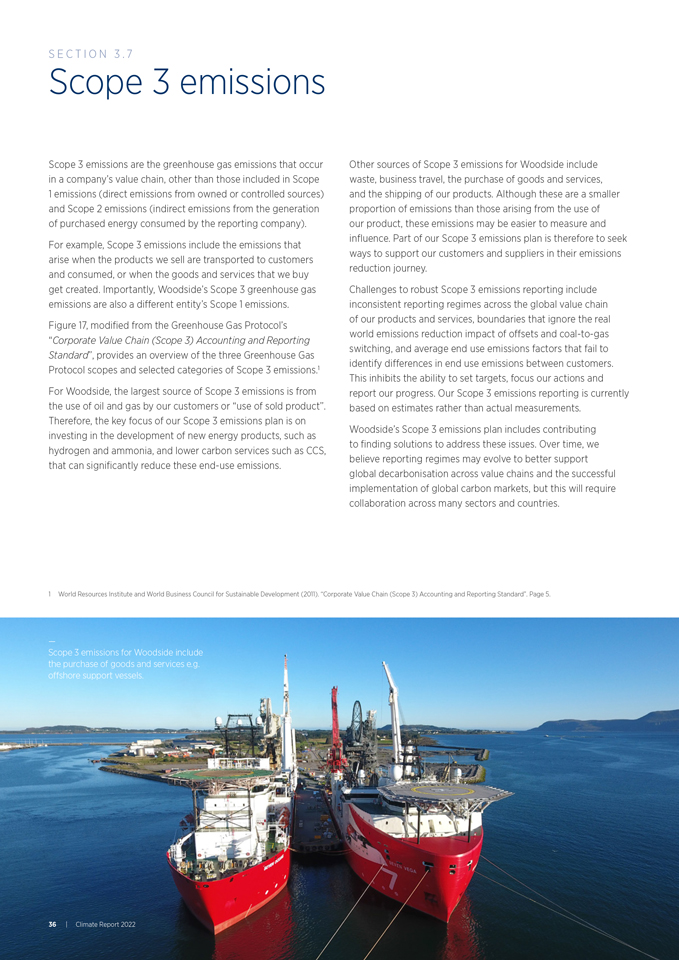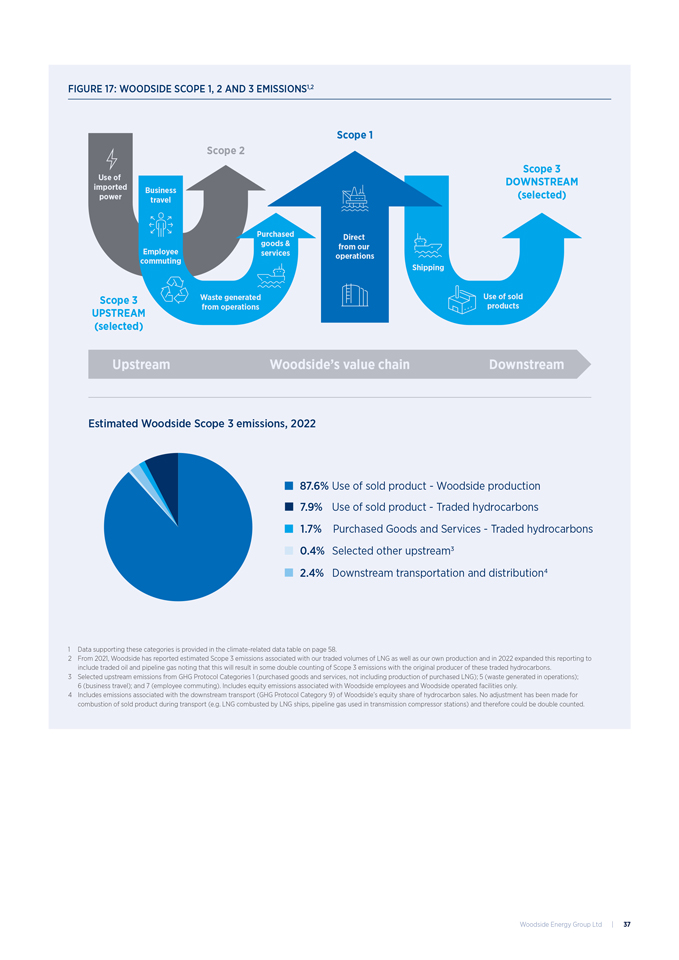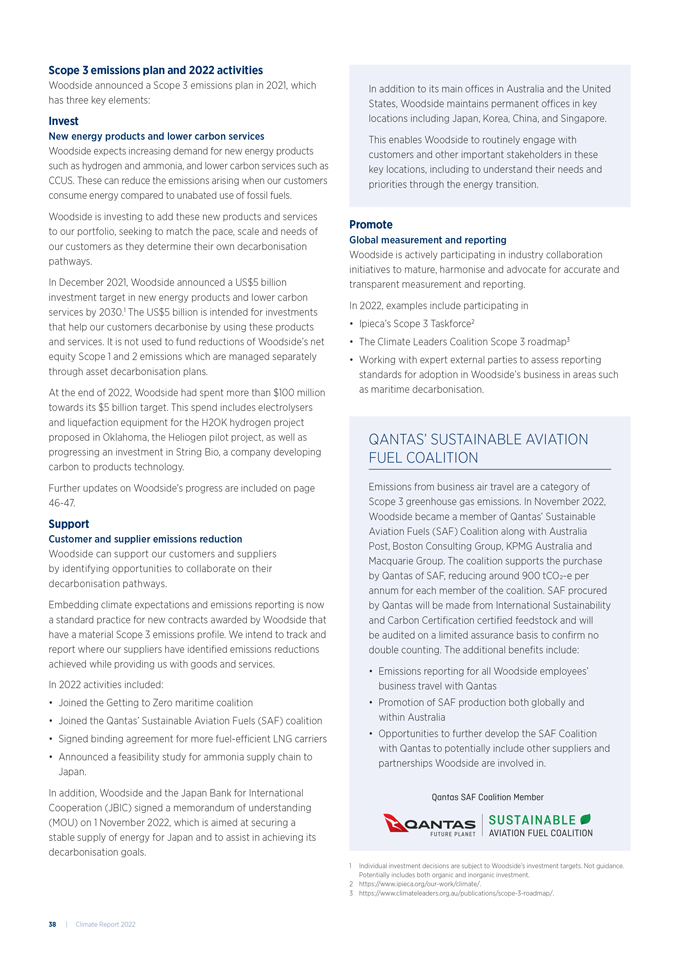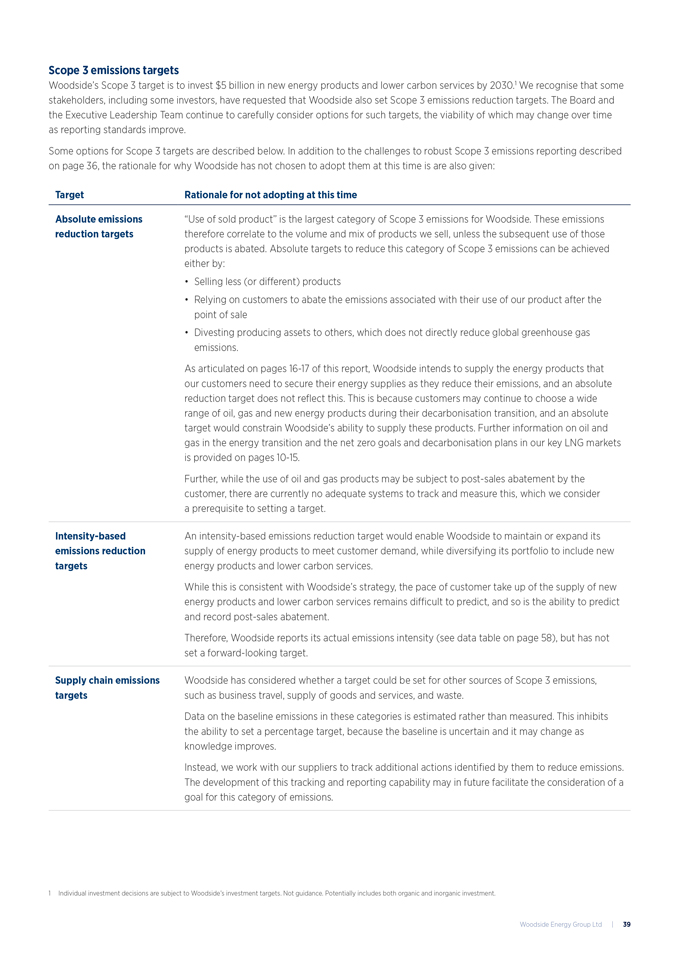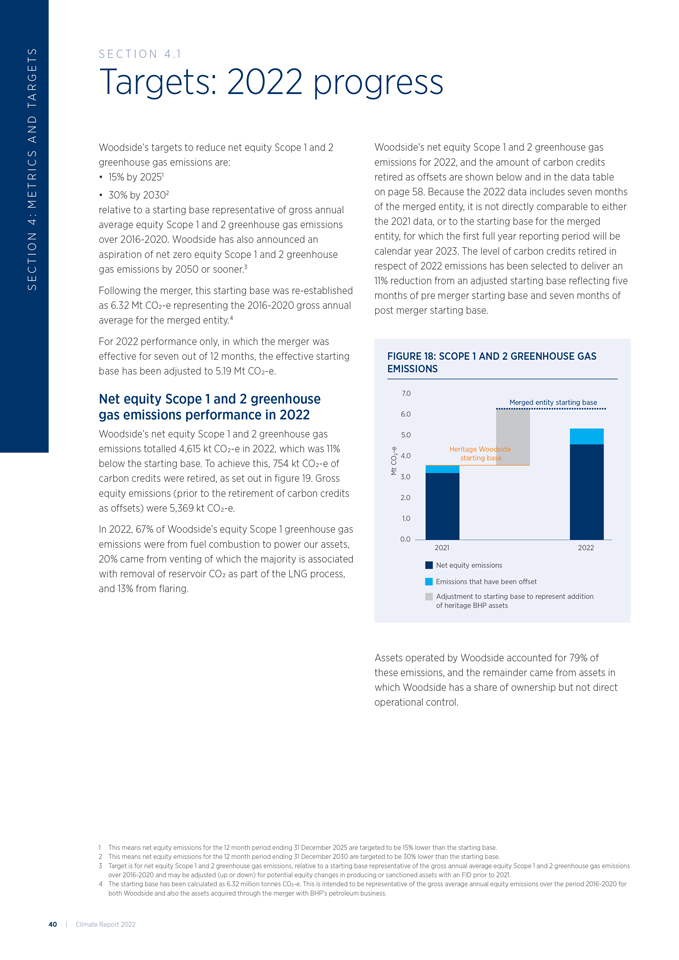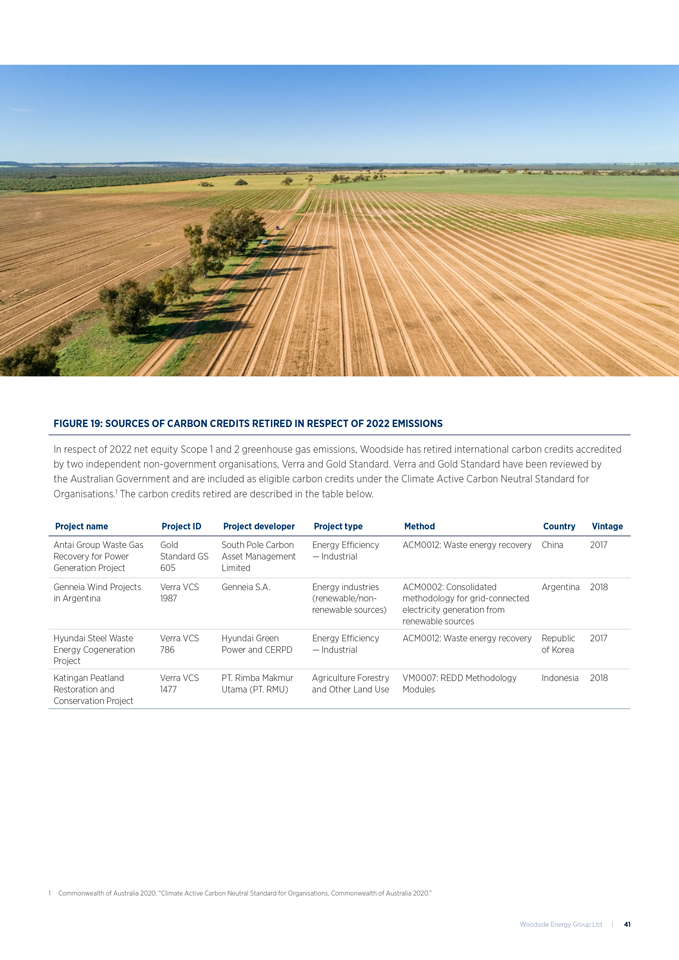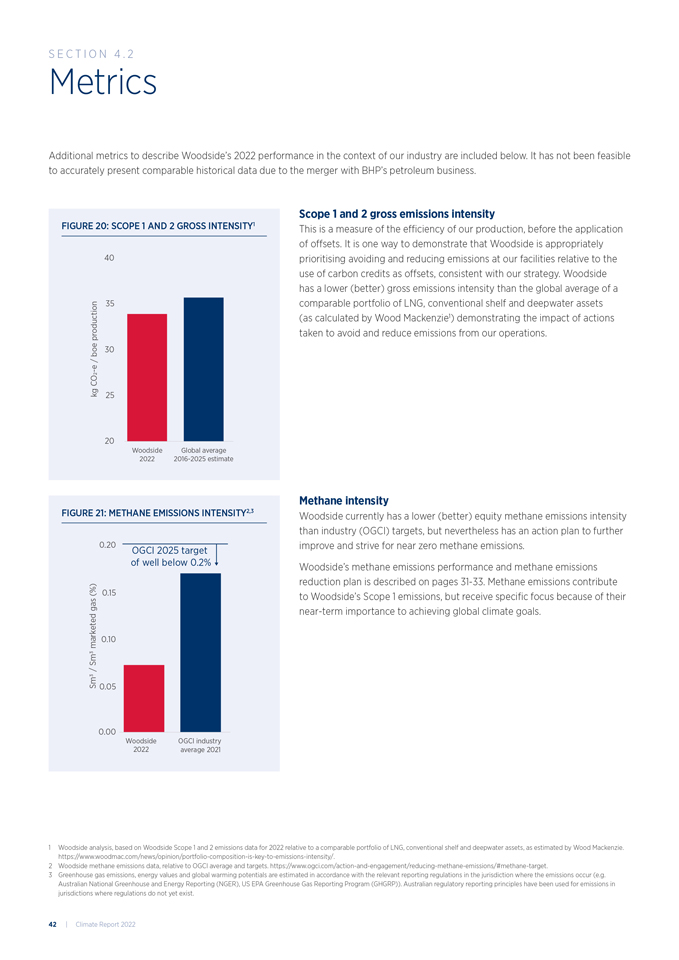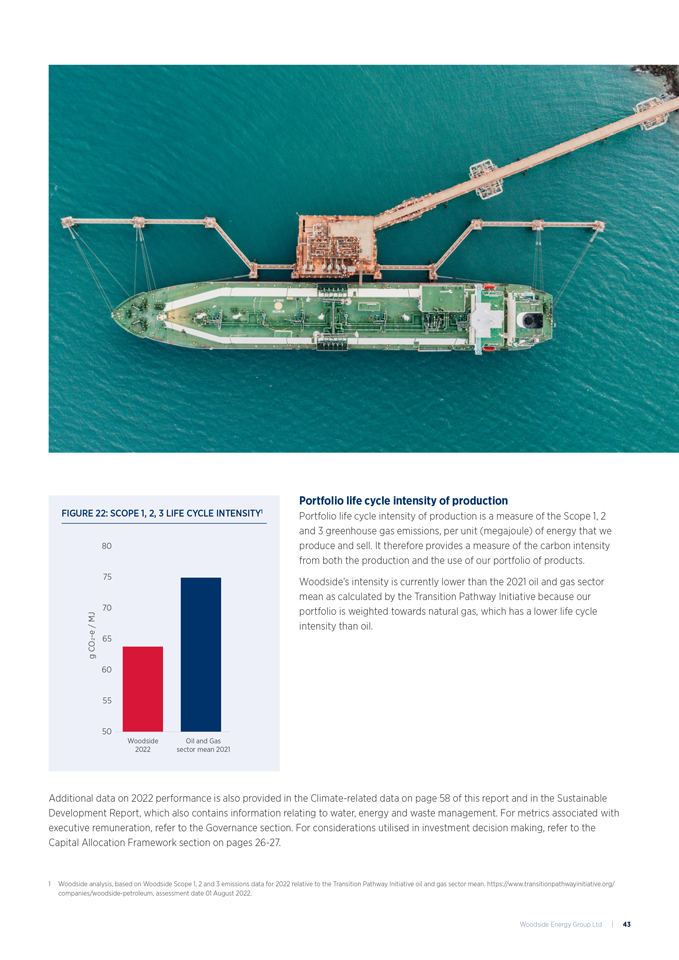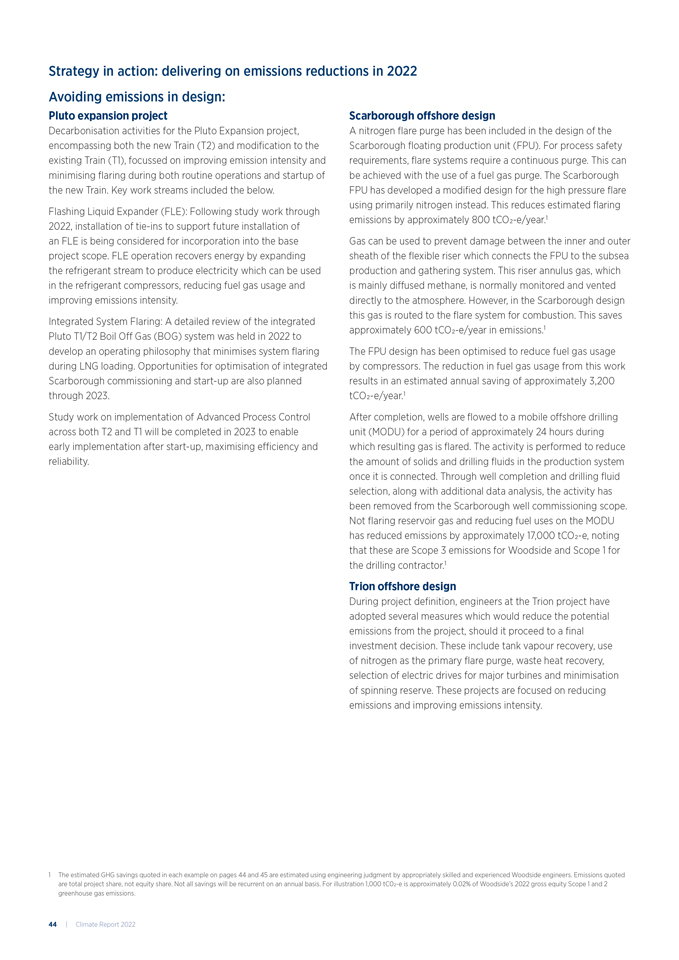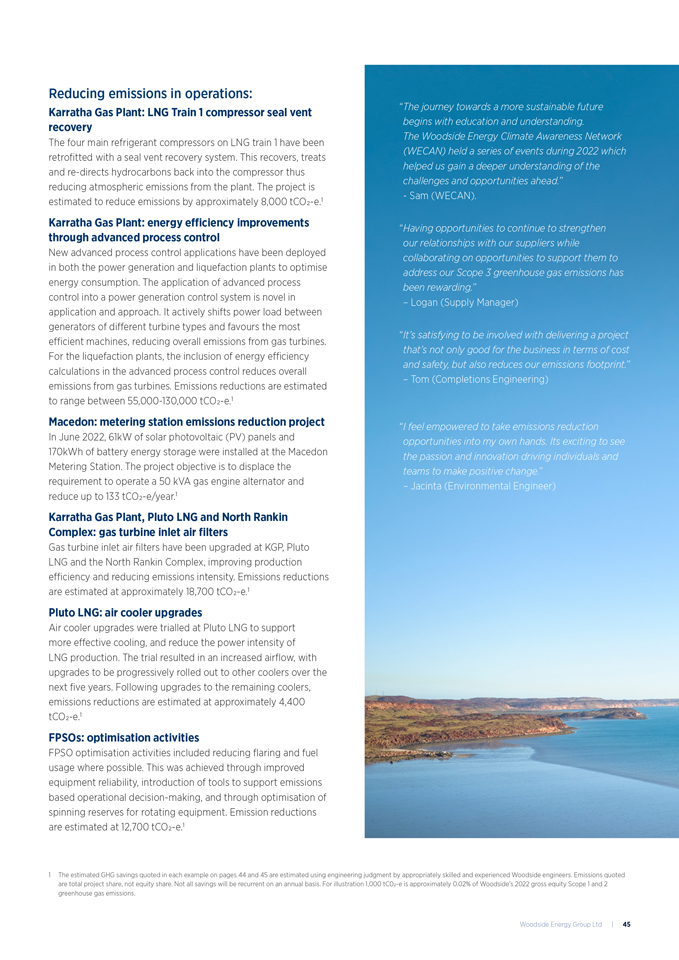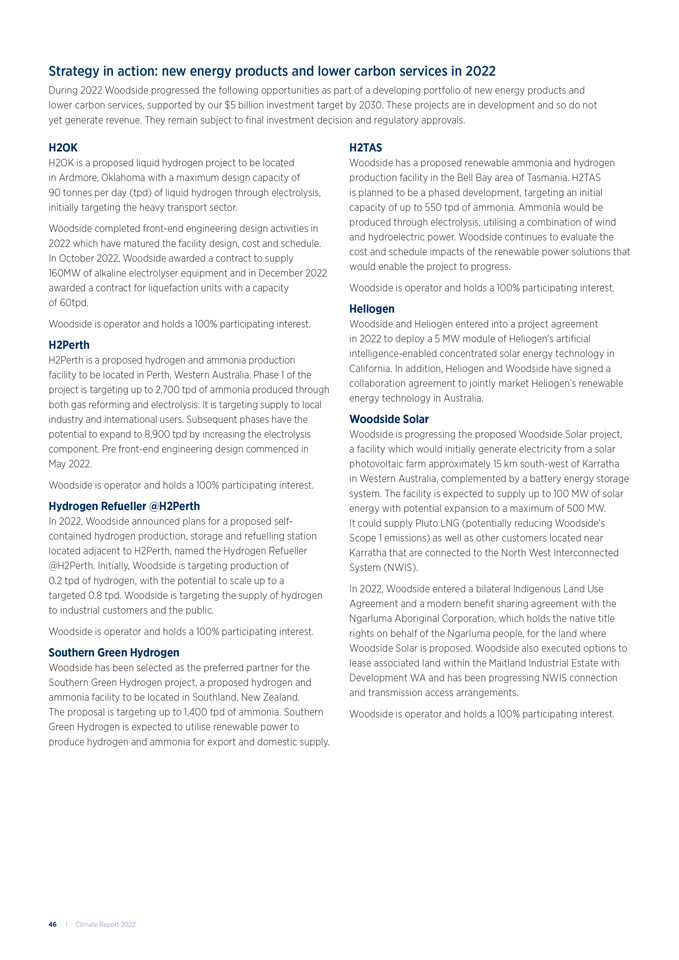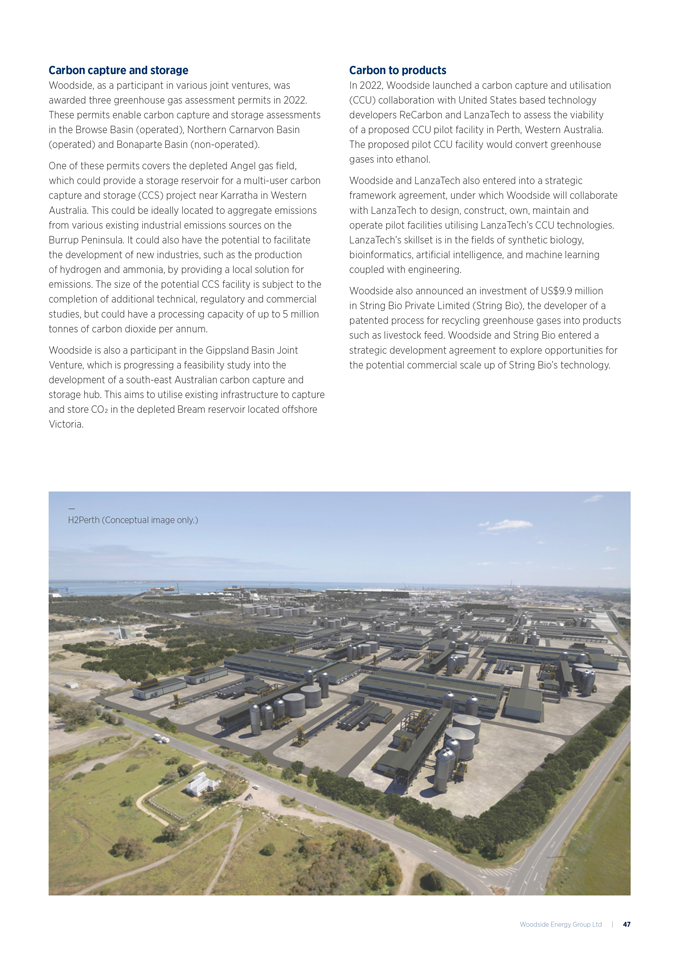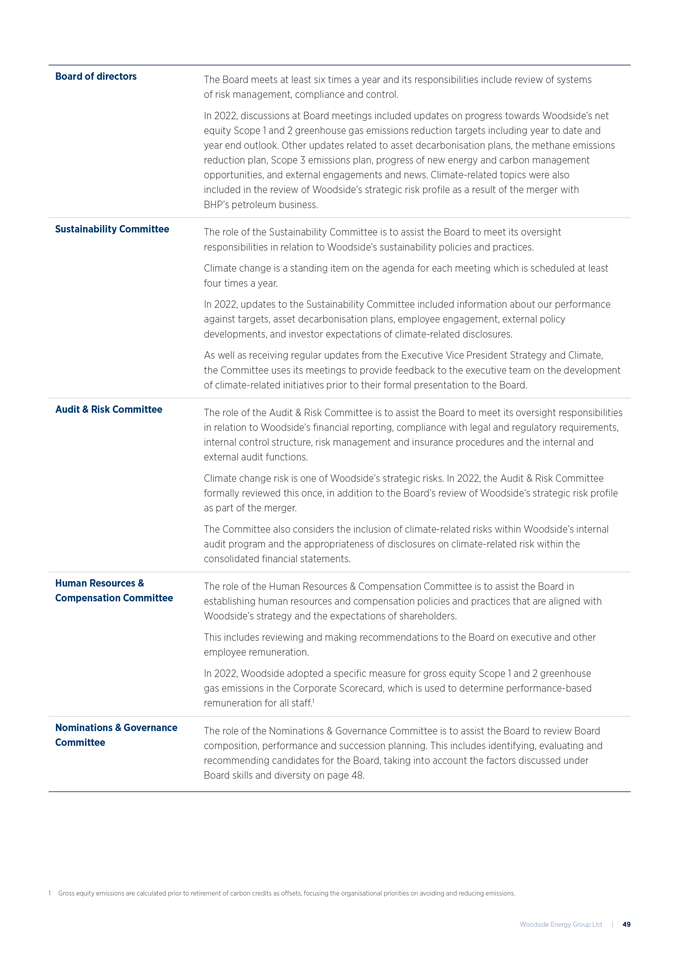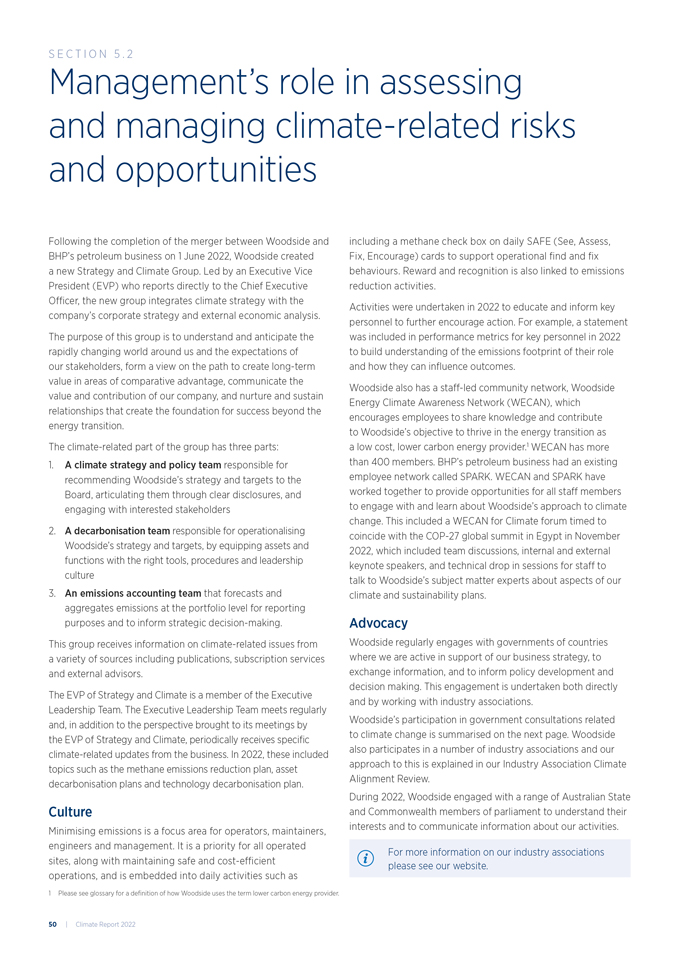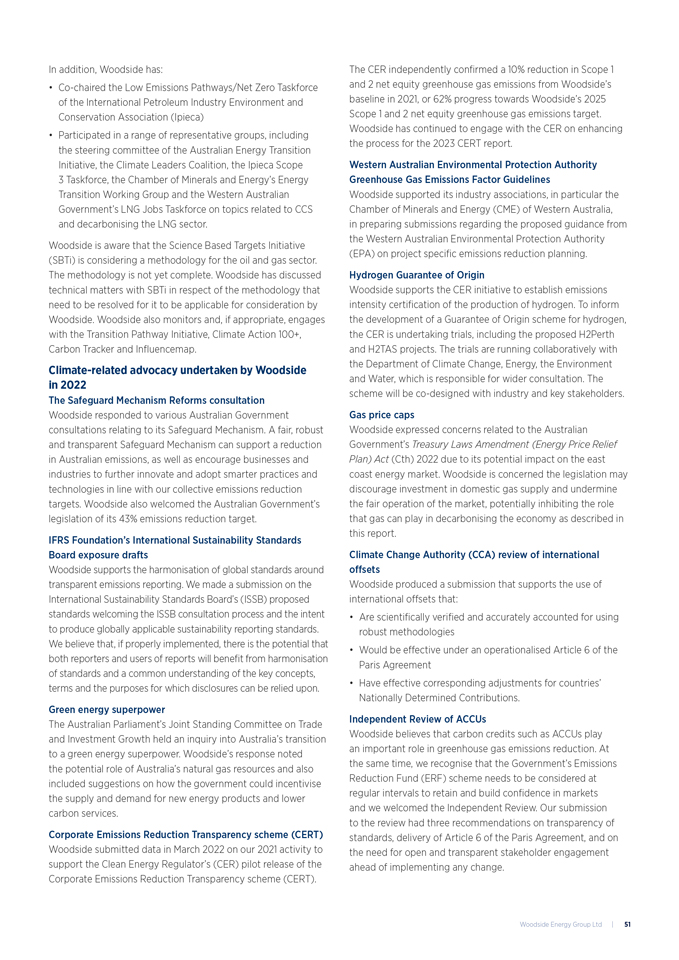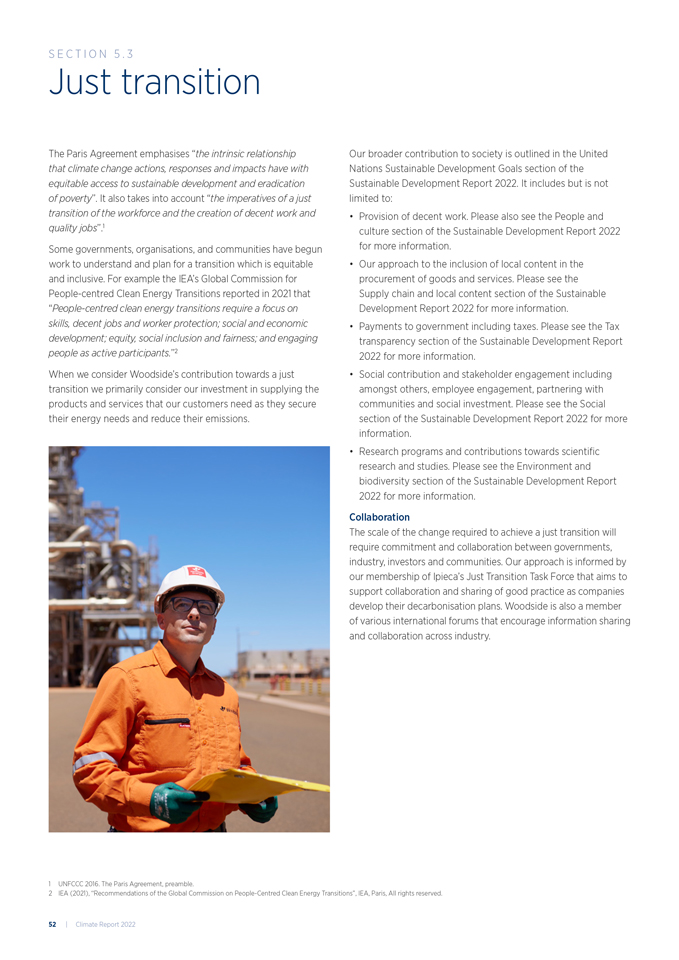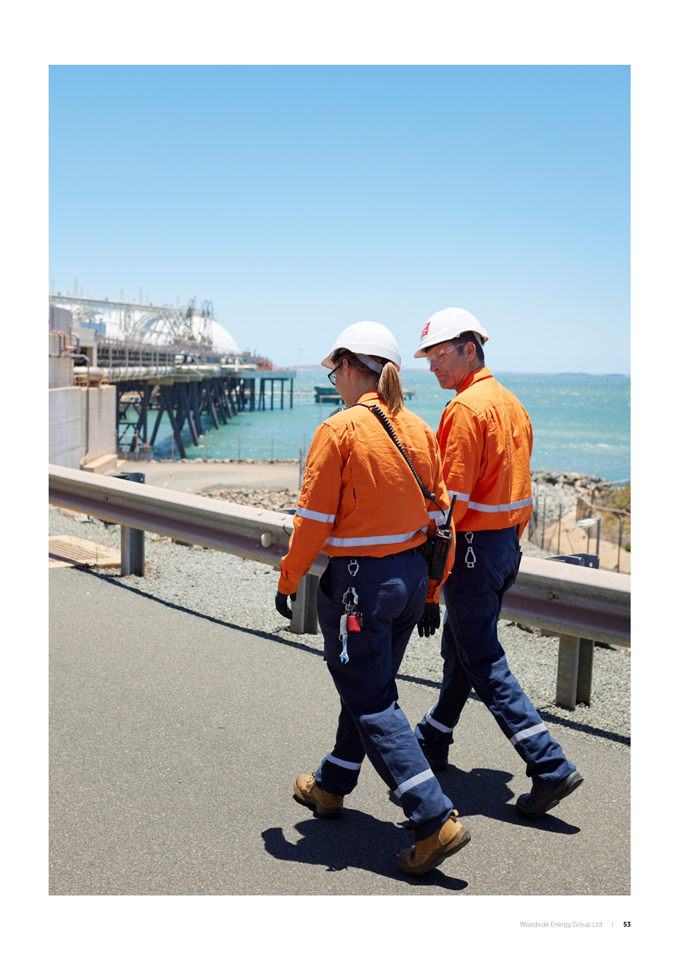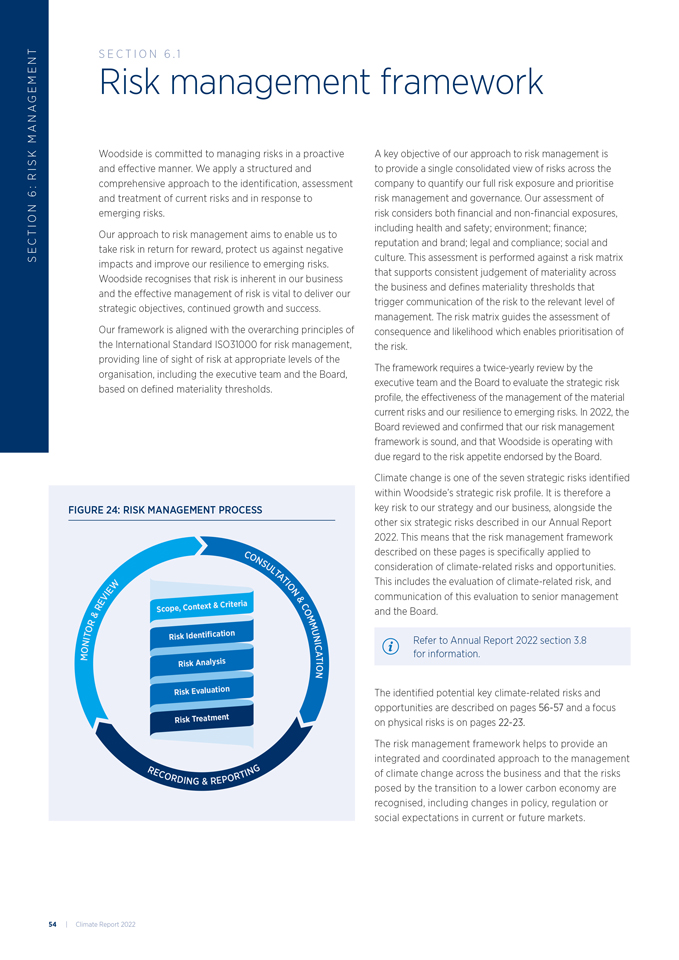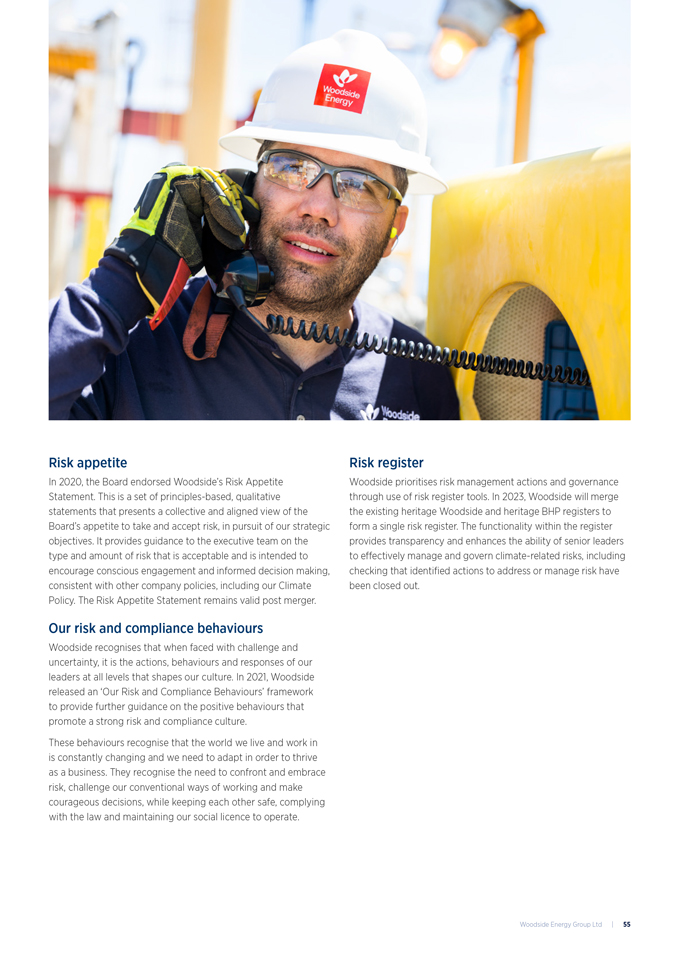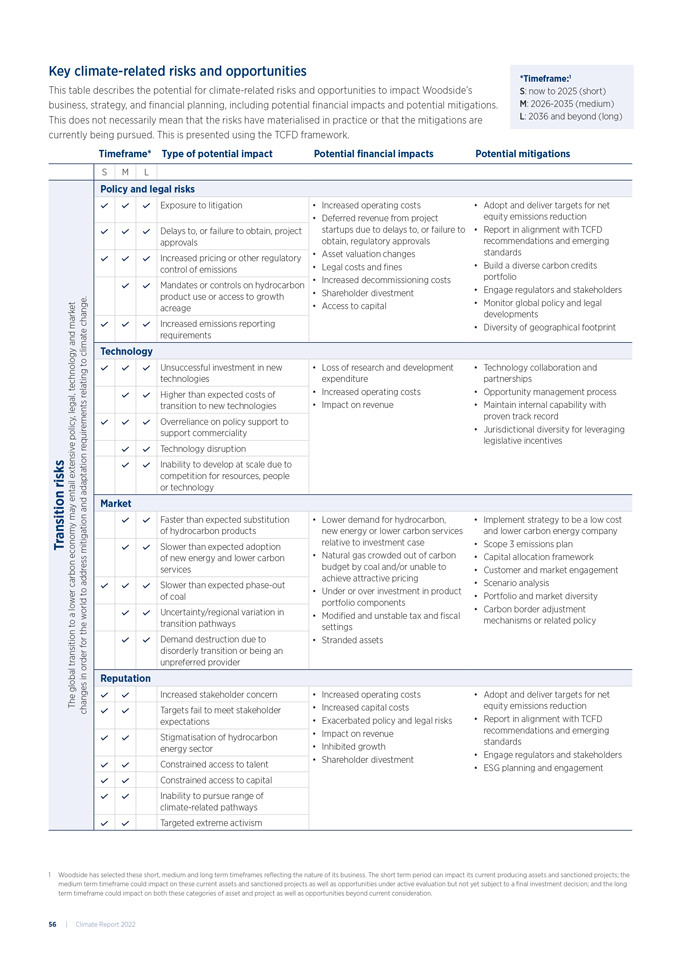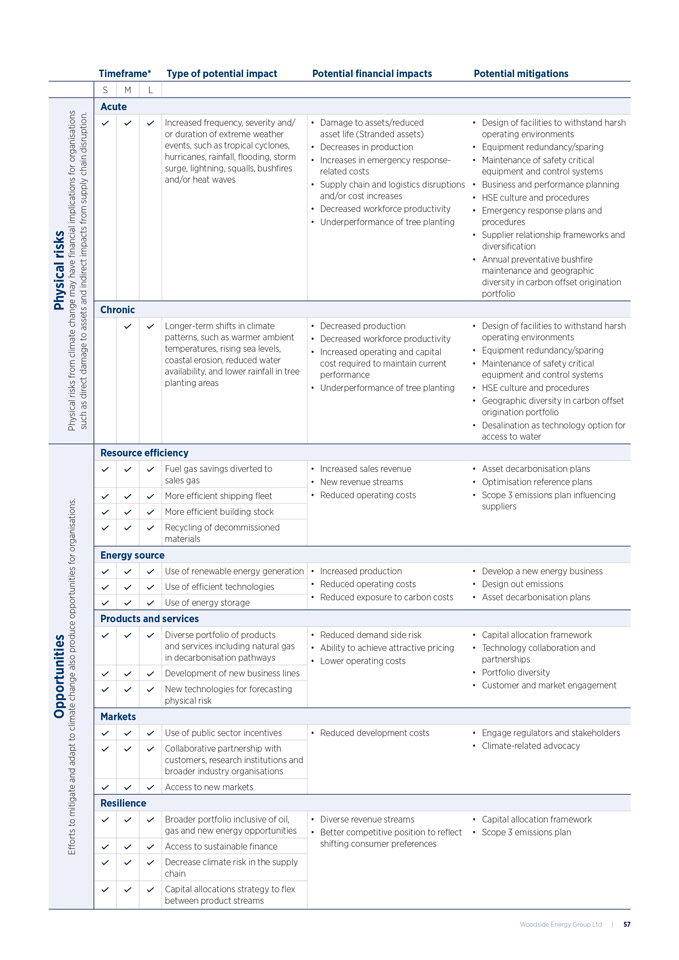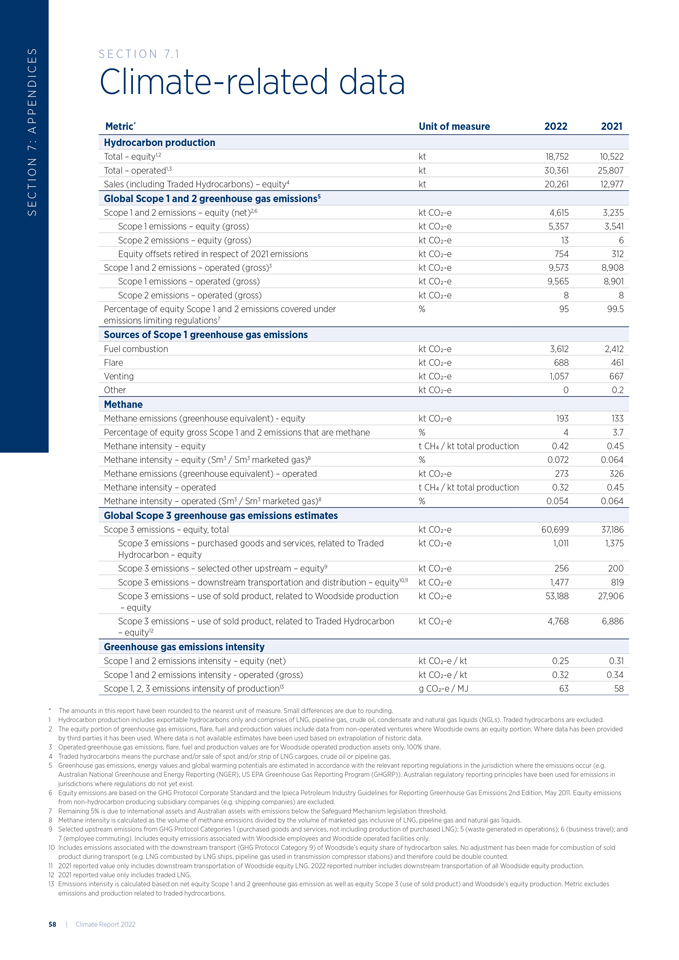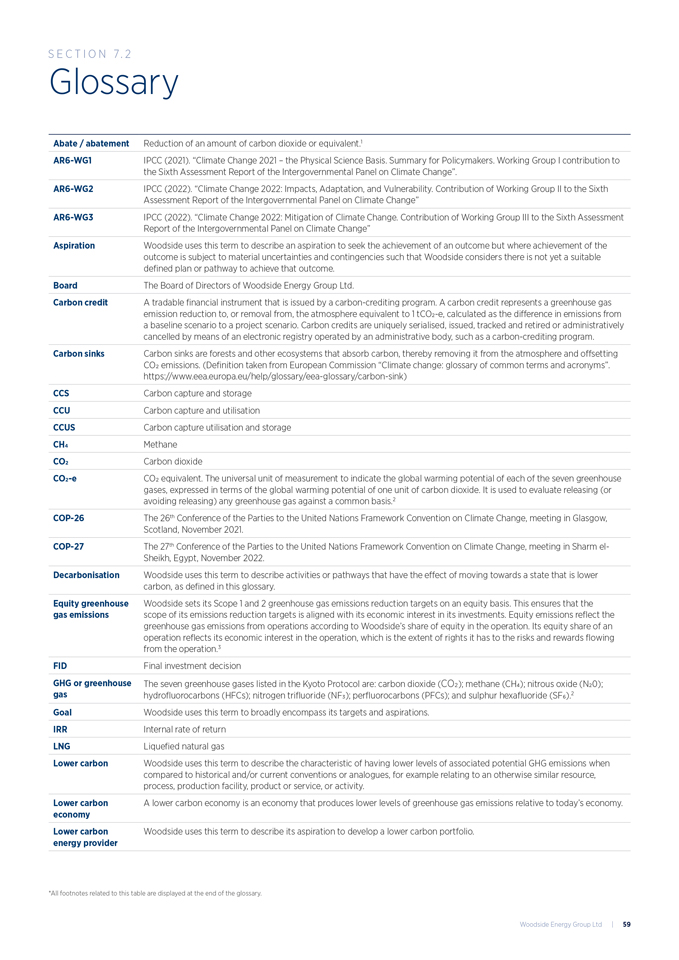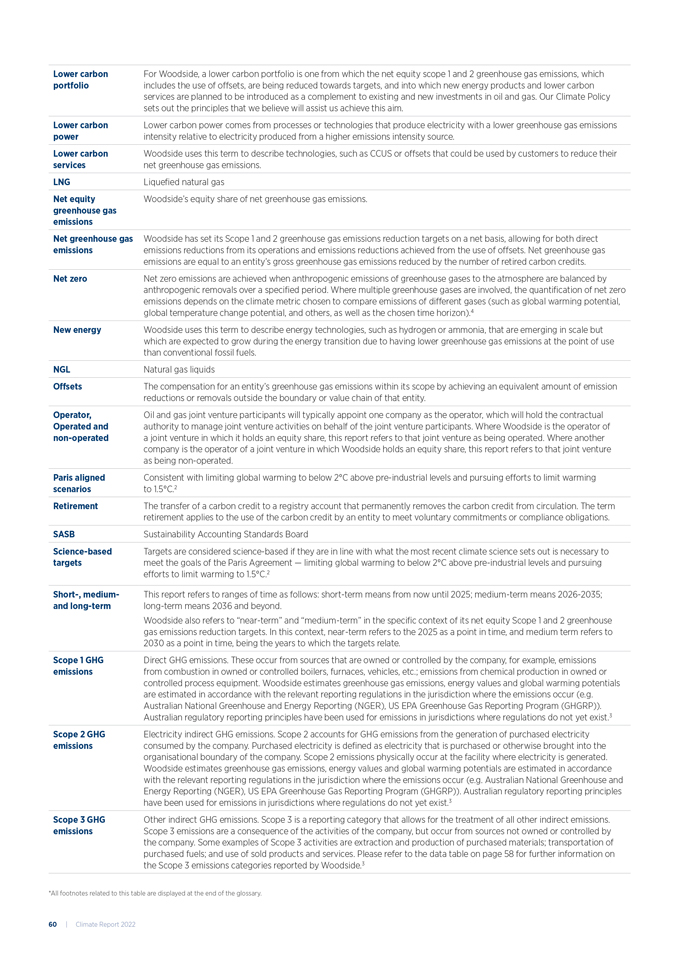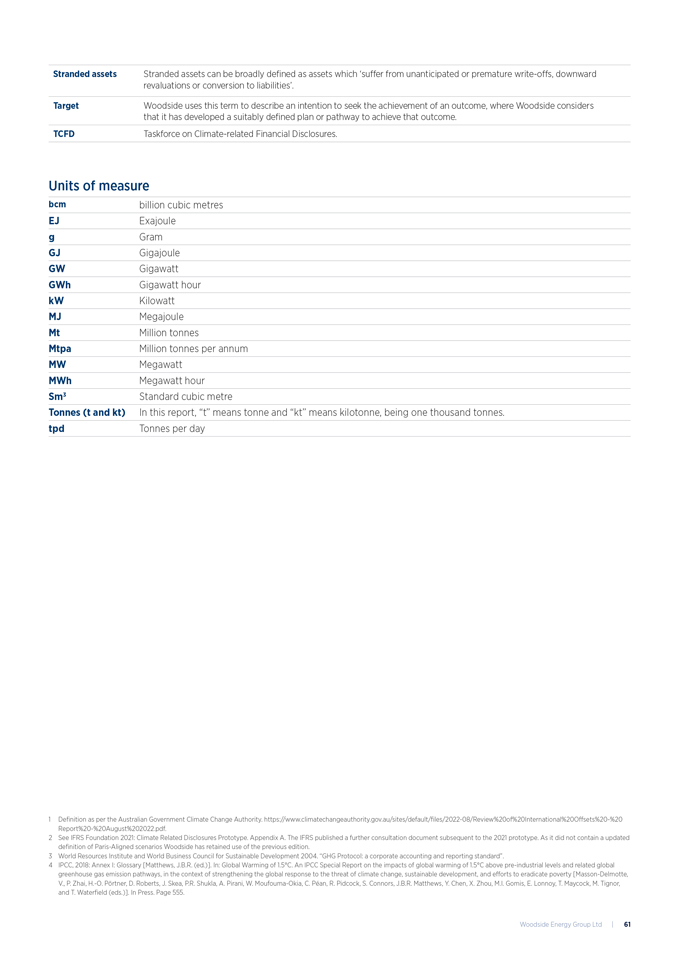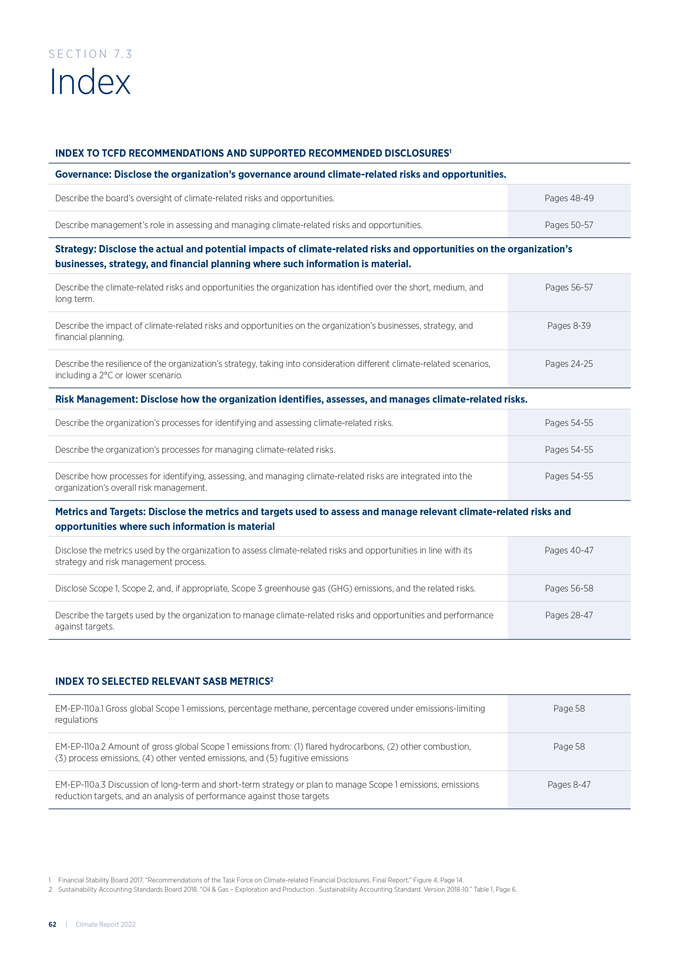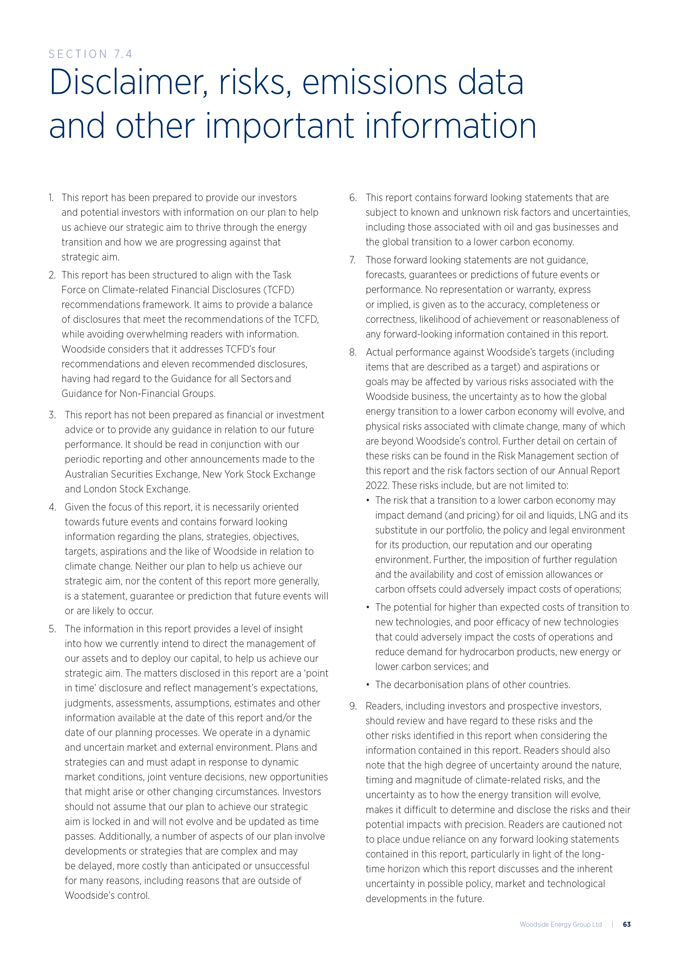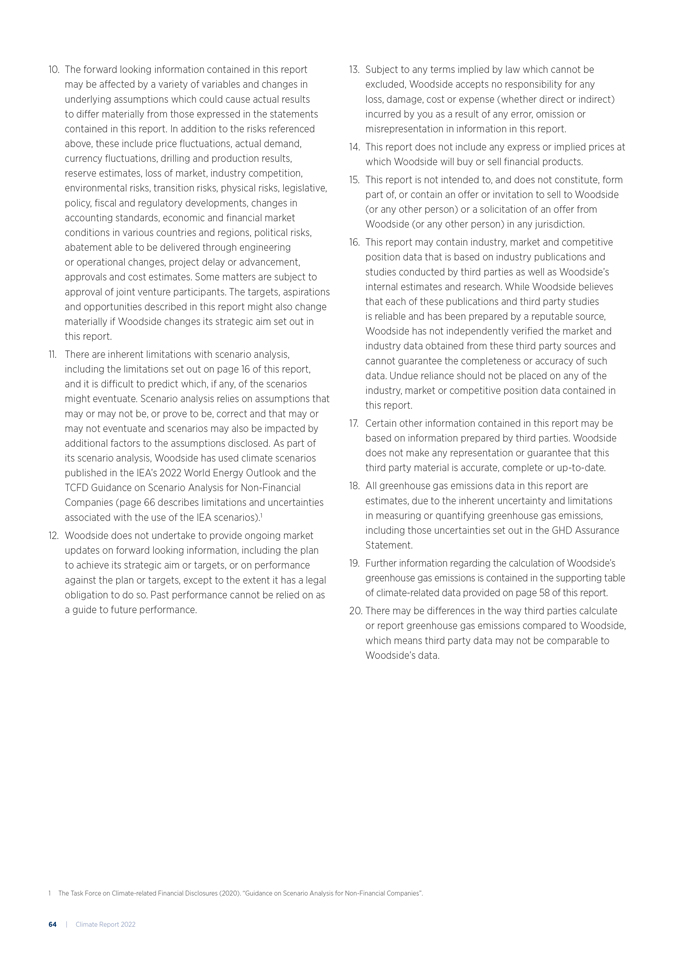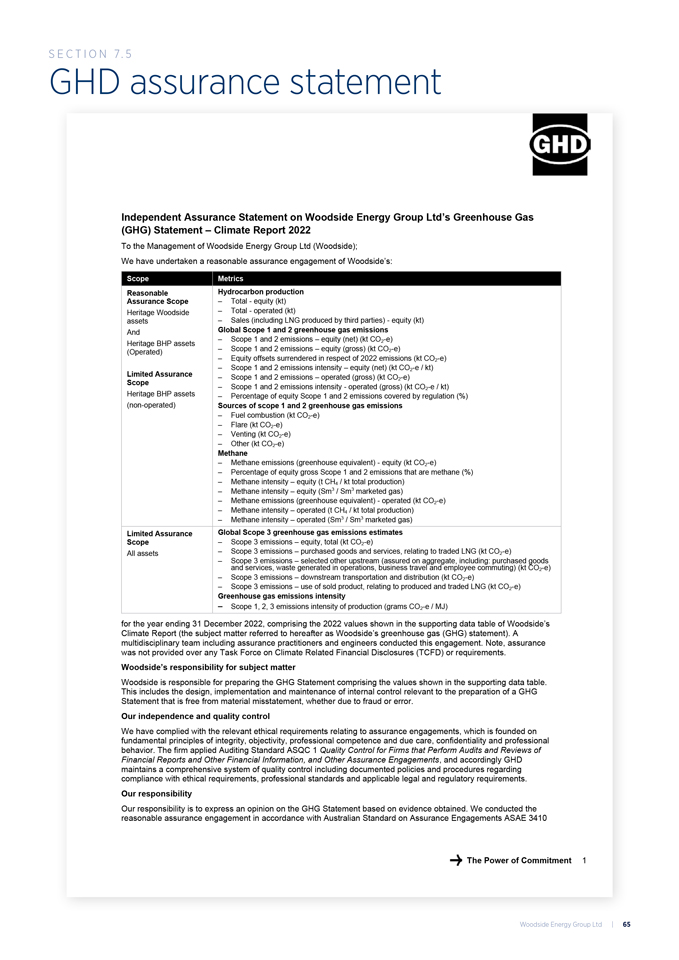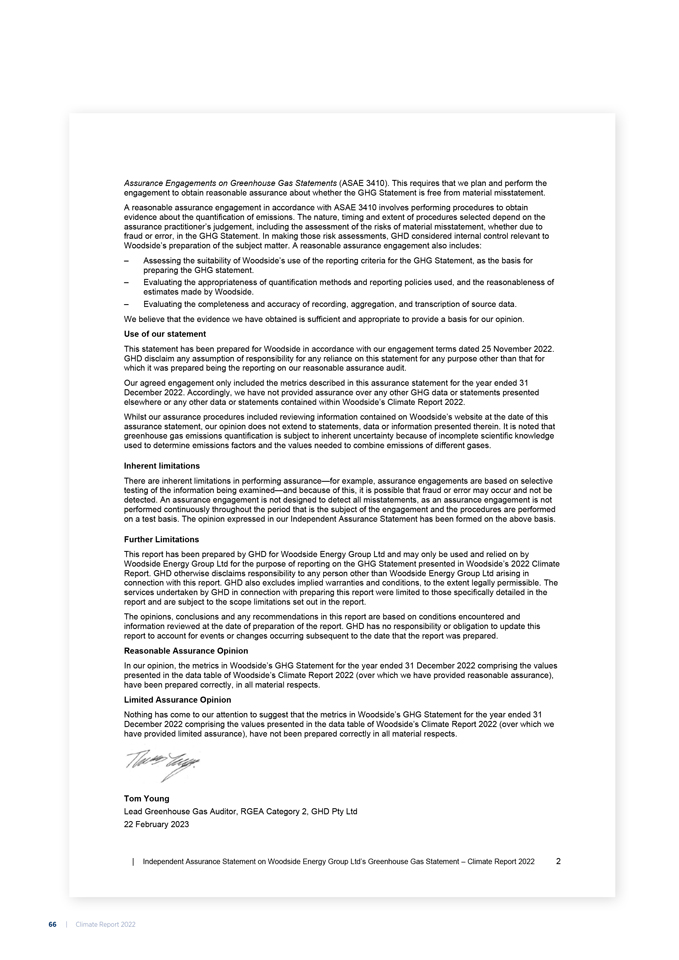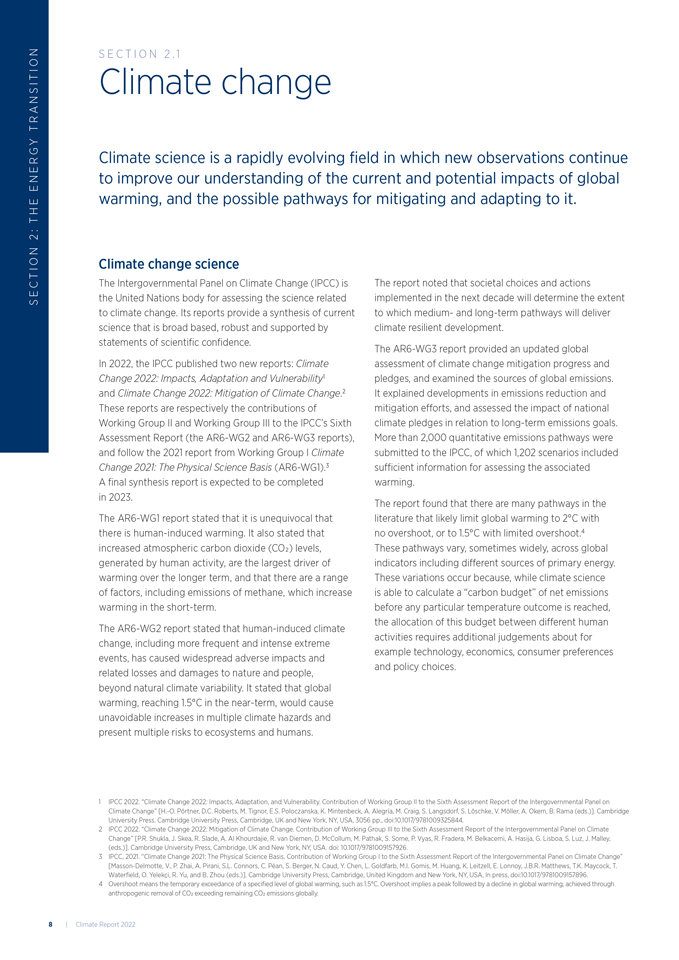
Section 2: THE ENERGY TRANSITION
S E CTION 2. 1
Climate change
Climate science is a rapidly evolving field in which new observations continue to improve our understanding of the current and potential impacts of global
warming, and the possible pathways for mitigating and adapting to it.
Climate change science
The Intergovernmental Panel on Climate Change (IPCC) is the United Nations body for assessing the science related
to climate change. Its reports provide a synthesis of current science that is broad based, robust and supported by statements of scientific confidence.
In 2022, the IPCC published two new reports: Climate
Change 2022: Impacts, Adaptation and Vulnerability1
and Climate Change 2022: Mitigation of Climate Change.2
These reports are respectively the contributions of
Working Group II and Working Group III to the IPCC’s Sixth Assessment Report (the AR6-WG2 and AR6-WG3 reports), and follow the 2021 report from Working Group I Climate Change 2021: The Physical Science Basis (AR6-WG1).3
A final synthesis report is expected to be completed in 2023.
The AR6-WG1 report stated that it is unequivocal that there is human-induced warming. It also stated that increased atmospheric carbon dioxide (CO2) levels, generated by human activity, are the largest driver of warming over the longer term, and that there are a range of factors, including emissions of methane, which increase warming in the short-term.
The AR6-WG2 report stated that human-induced climate change, including more frequent and intense extreme events, has caused widespread adverse impacts and related losses and damages to nature and people,
beyond natural climate variability. It stated that global warming, reaching 1.5°C in the near-term, would cause unavoidable increases in multiple climate hazards and
present multiple risks to ecosystems and humans.
The report noted that societal choices and actions implemented in the next decade will determine the extent to which medium- and long-term pathways will deliver climate resilient development.
The AR6-WG3 report provided an updated global assessment of climate change mitigation progress and pledges, and examined the sources of global emissions. It explained developments in emissions reduction and mitigation efforts, and assessed the impact of national climate pledges in relation to long-term emissions goals. More than 2,000 quantitative emissions pathways were
submitted to the IPCC, of which 1,202 scenarios included sufficient information for assessing the associated warming.
The report found that there are many pathways in the literature that likely limit global warming to 2°C with no overshoot, or to 1.5°C with limited overshoot.4
These pathways vary, sometimes widely, across global indicators including different sources of primary energy. These variations occur because, while climate science
is able to calculate a “carbon budget” of net emissions before any particular temperature outcome is reached, the allocation of this budget between different human activities requires additional judgements about for example technology, economics, consumer preferences and policy choices.
1 IPCC 2022. “Climate Change 2022: Impacts, Adaptation, and Vulnerability. Contribution of Working Group II to the Sixth Assessment Report of the Intergovernmental Panel on
Climate Change” [H.-O. Pörtner, D.C. Roberts, M. Tignor, E.S. Poloczanska, K. Mintenbeck, A. Alegría, M. Craig, S. Langsdorf, S. Löschke, V. Möller, A. Okem, B. Rama (eds.)]. Cambridge
University Press. Cambridge University Press, Cambridge, UK and New York, NY, USA, 3056 pp., doi:10.1017/9781009325844.
2 IPCC 2022. “Climate Change 2022: Mitigation of Climate Change. Contribution of Working Group III to the Sixth Assessment Report of the Intergovernmental Panel on Climate
Change” [P.R. Shukla, J. Skea, R. Slade, A. Al Khourdajie, R. van Diemen, D. McCollum, M. Pathak, S. Some, P. Vyas, R. Fradera, M. Belkacemi, A. Hasija, G. Lisboa, S. Luz, J. Malley,
(eds.)]. Cambridge University Press, Cambridge, UK and New York, NY, USA. doi: 10.1017/9781009157926.
3 IPCC, 2021. “Climate Change 2021: The Physical Science Basis. Contribution of Working Group I to the Sixth Assessment Report of the Intergovernmental Panel on Climate Change”
[Masson-Delmotte, V., P. Zhai, A. Pirani, S.L. Connors, C. Péan, S. Berger, N. Caud, Y. Chen, L. Goldfarb, M.I. Gomis, M. Huang, K. Leitzell, E. Lonnoy, J.B.R. Matthews, T.K. Maycock, T.
Waterfield, O. Yelekçi, R. Yu, and B. Zhou (eds.)]. Cambridge University Press, Cambridge, United Kingdom and New York, NY, USA, In press, doi:10.1017/9781009157896.
4 Overshoot means the temporary exceedance of a specified level of global warming, such as 1.5°C. Overshoot implies a peak followed by a decline in global warming, achieved through
anthropogenic removal of CO2 exceeding remaining CO2 emissions globally
